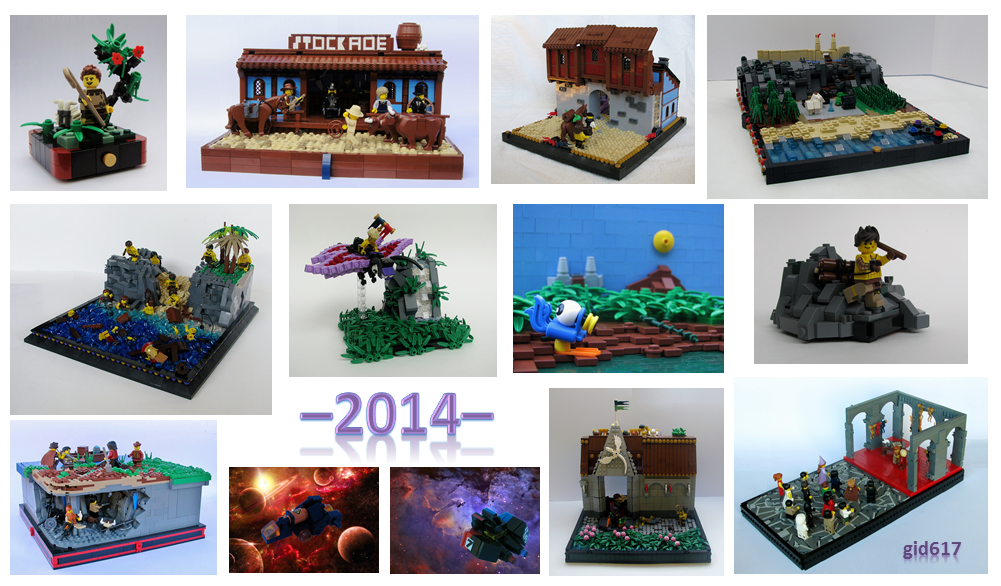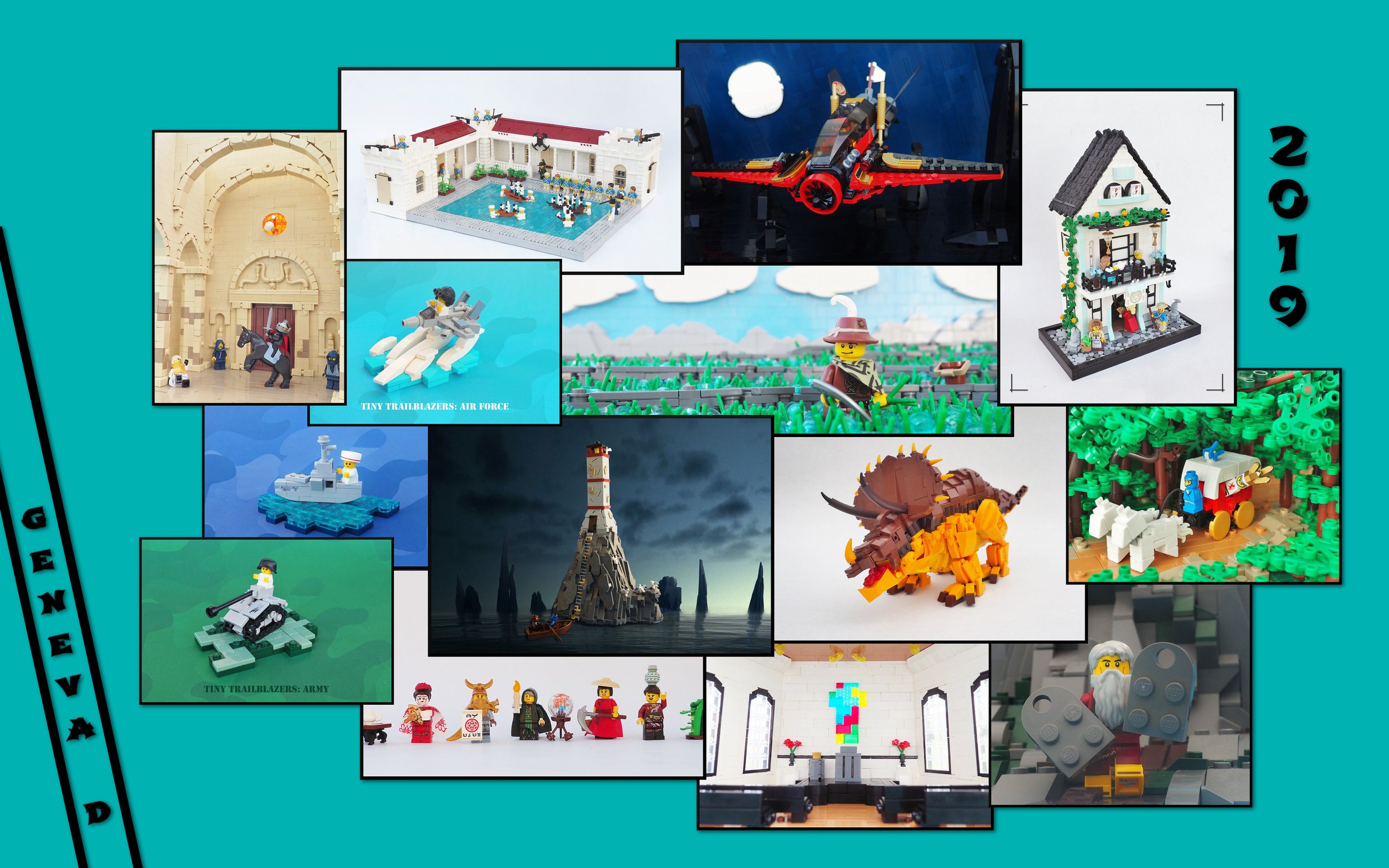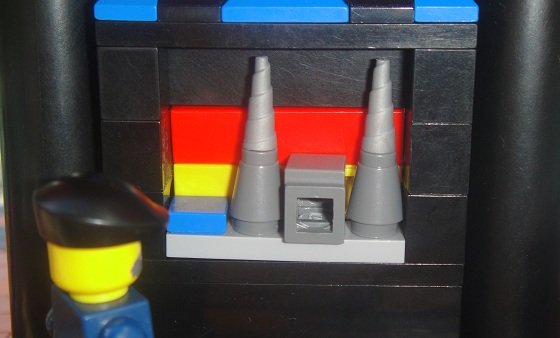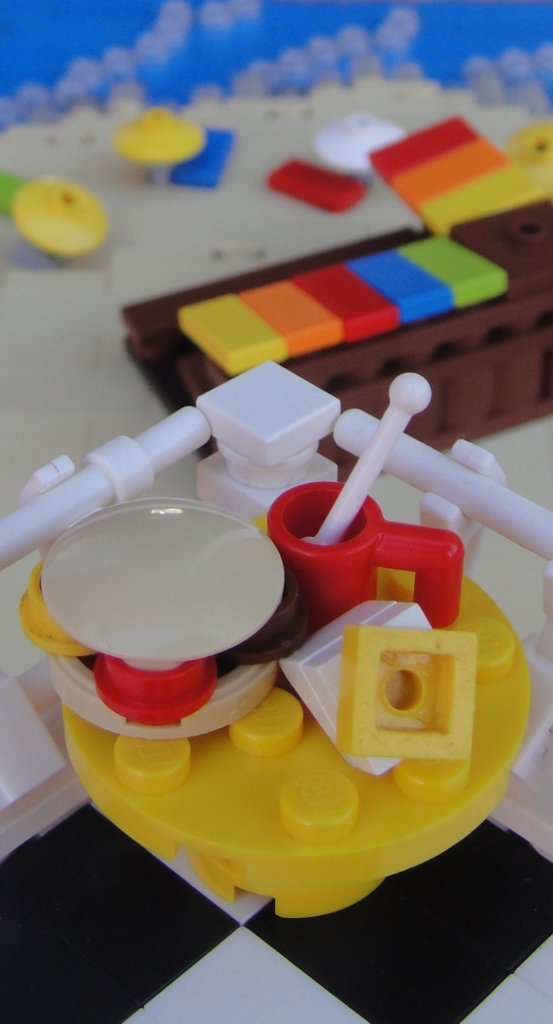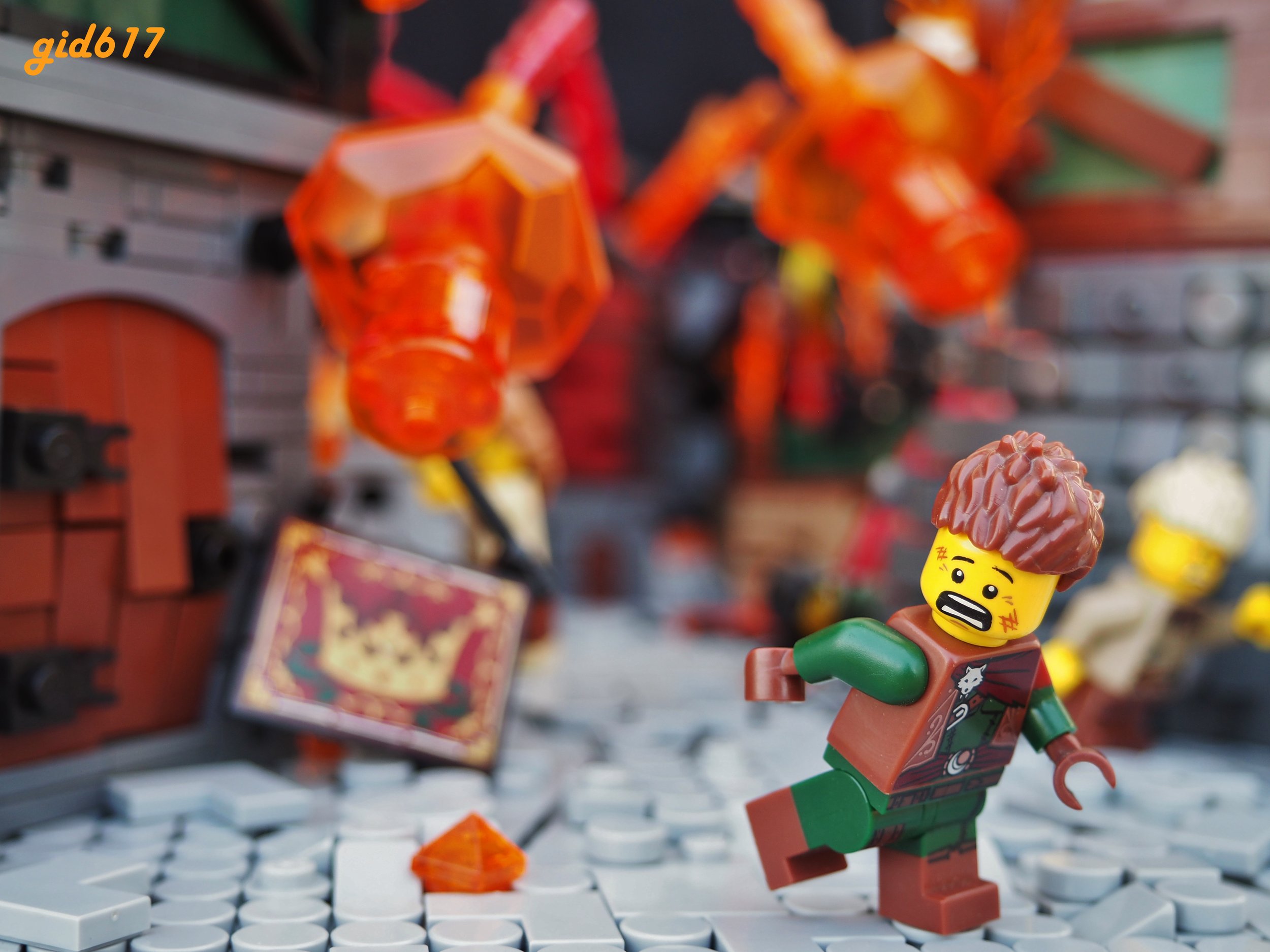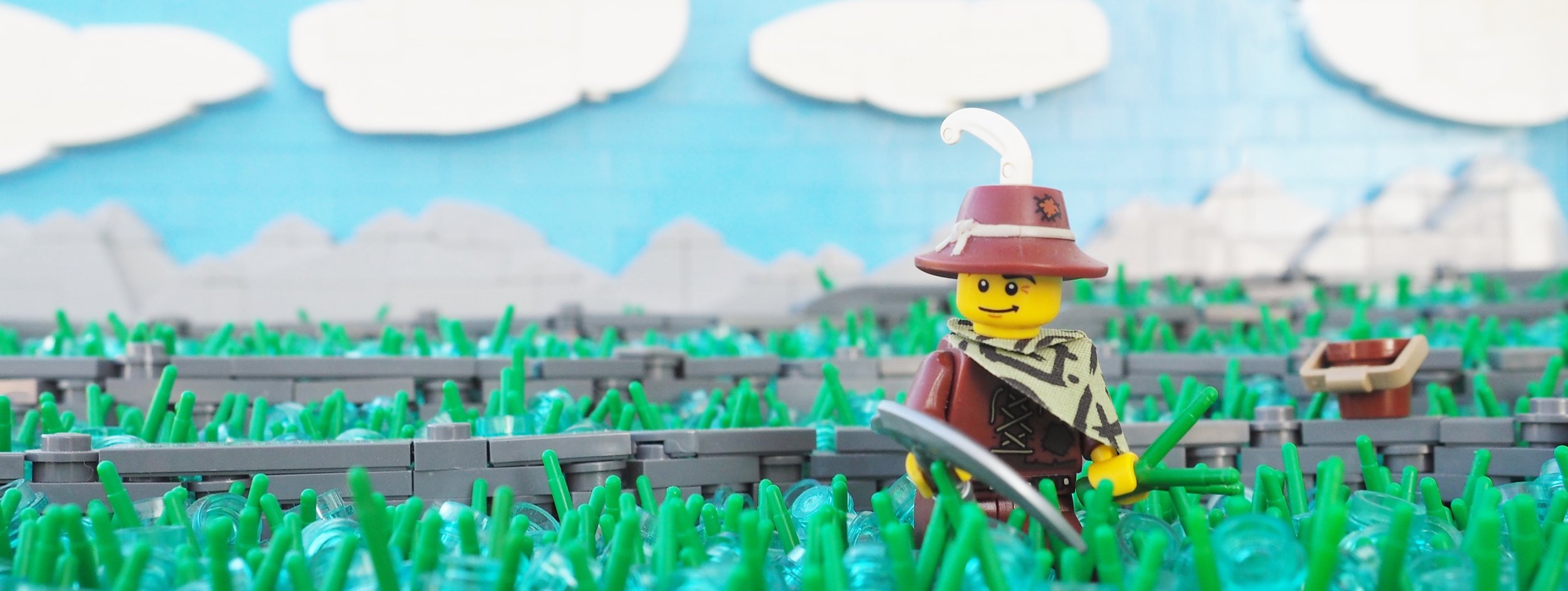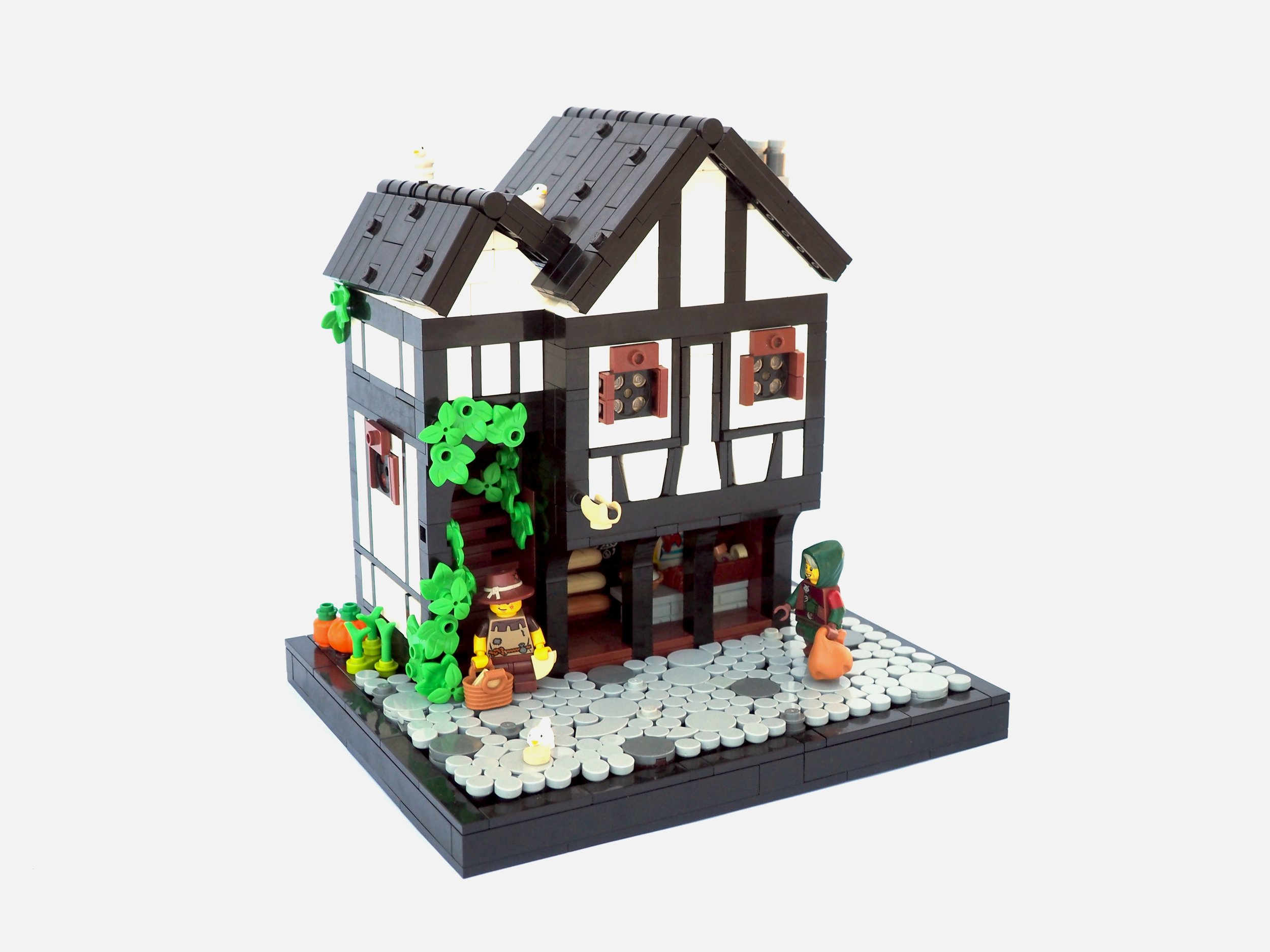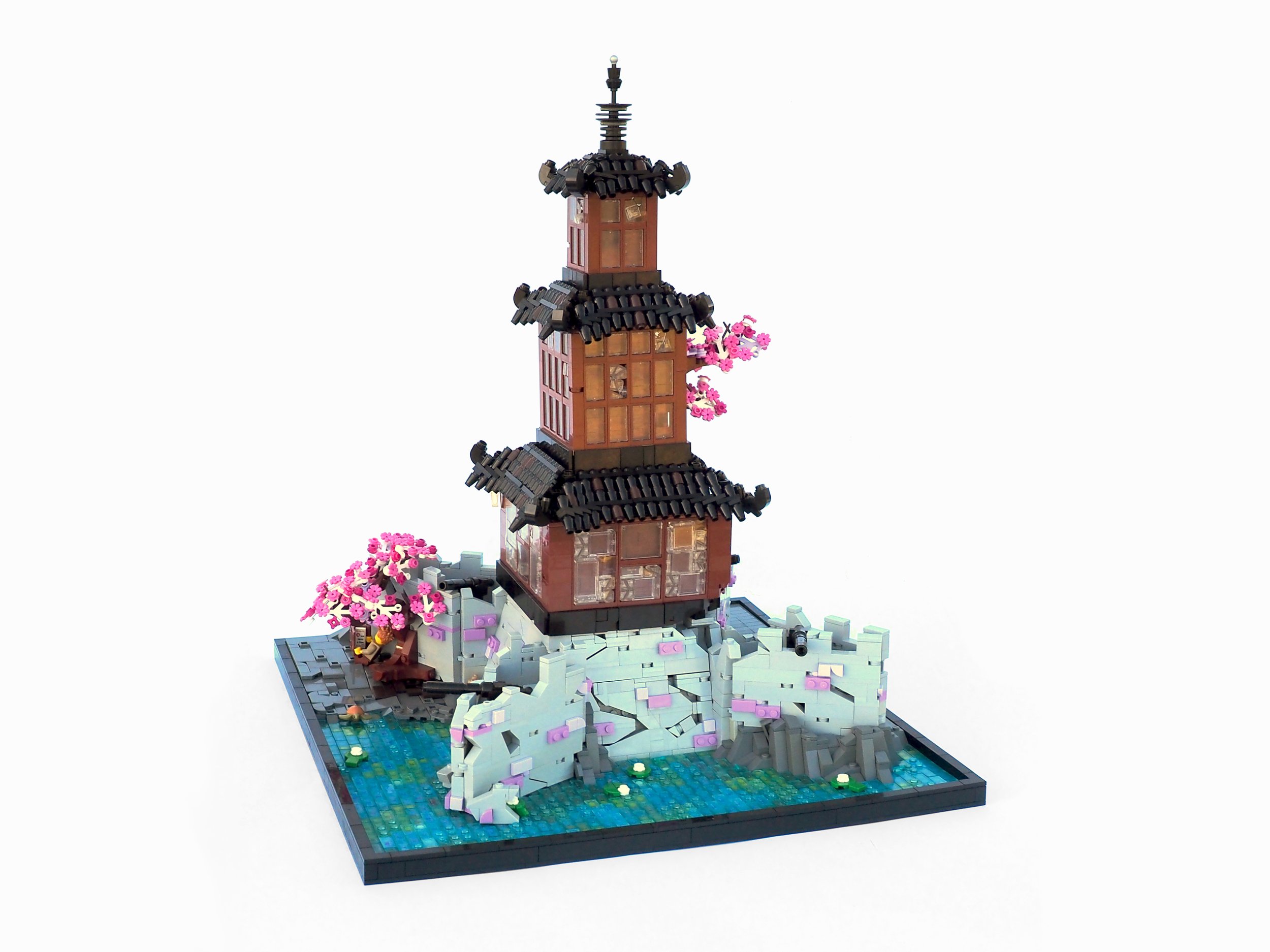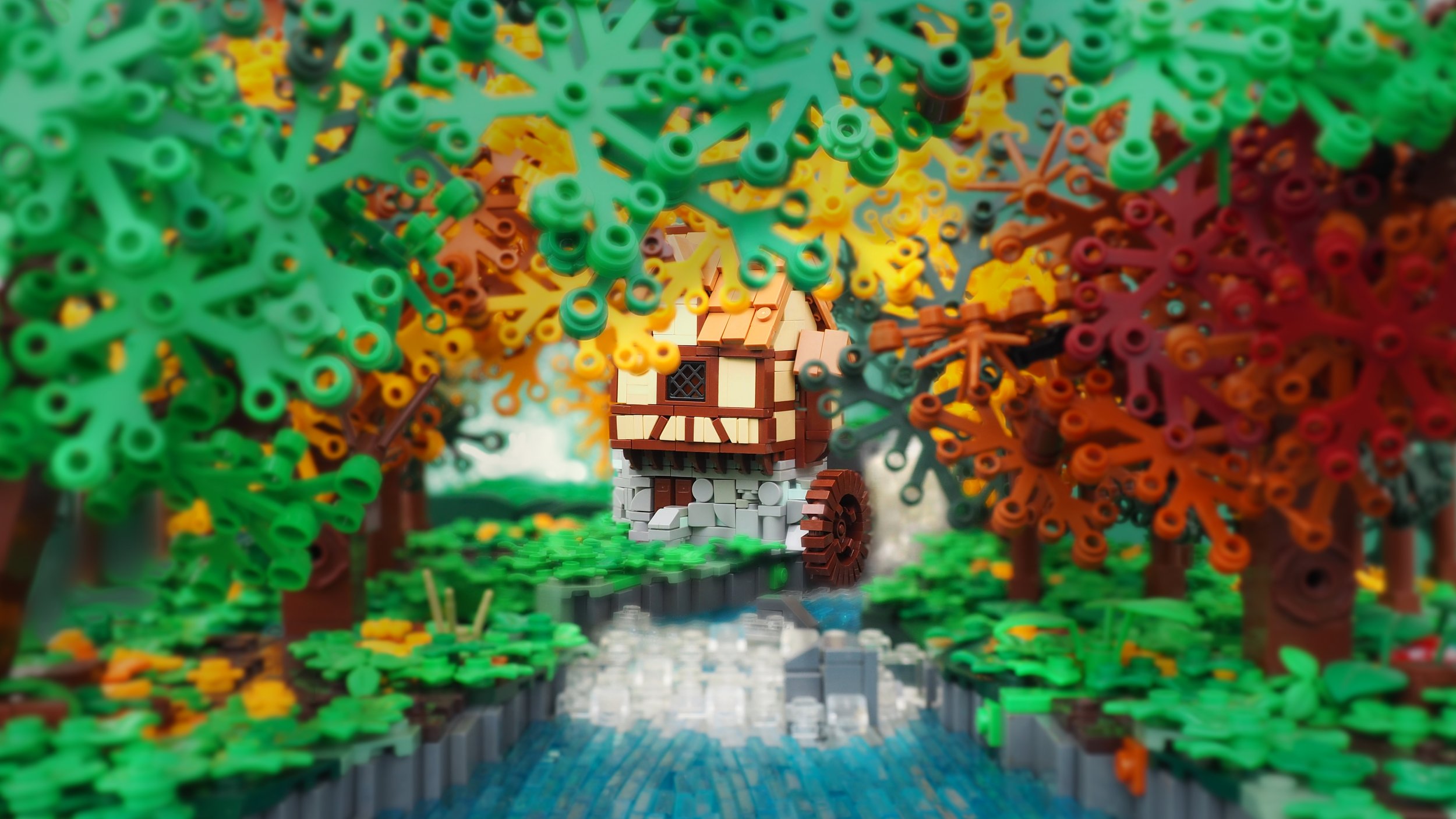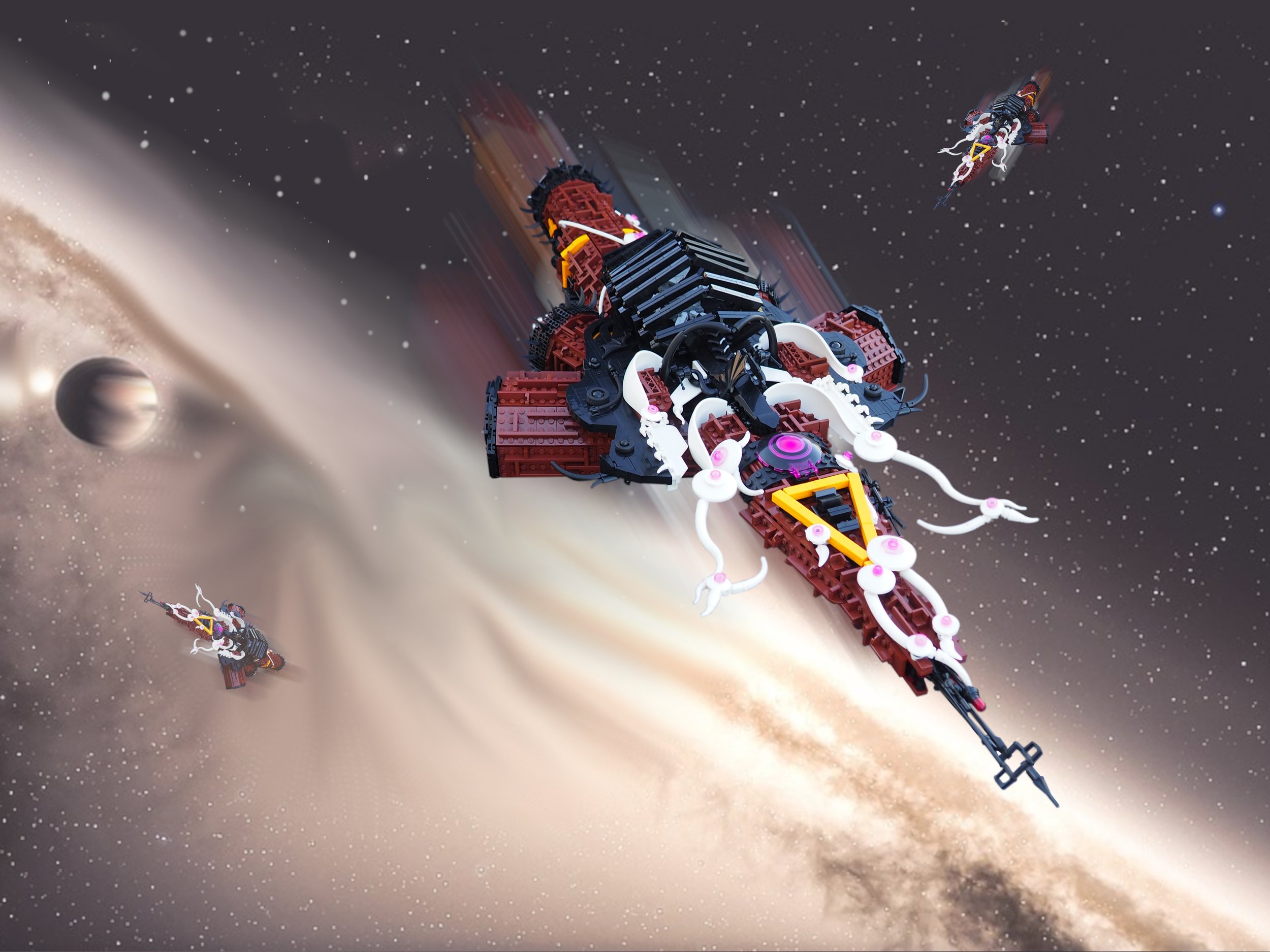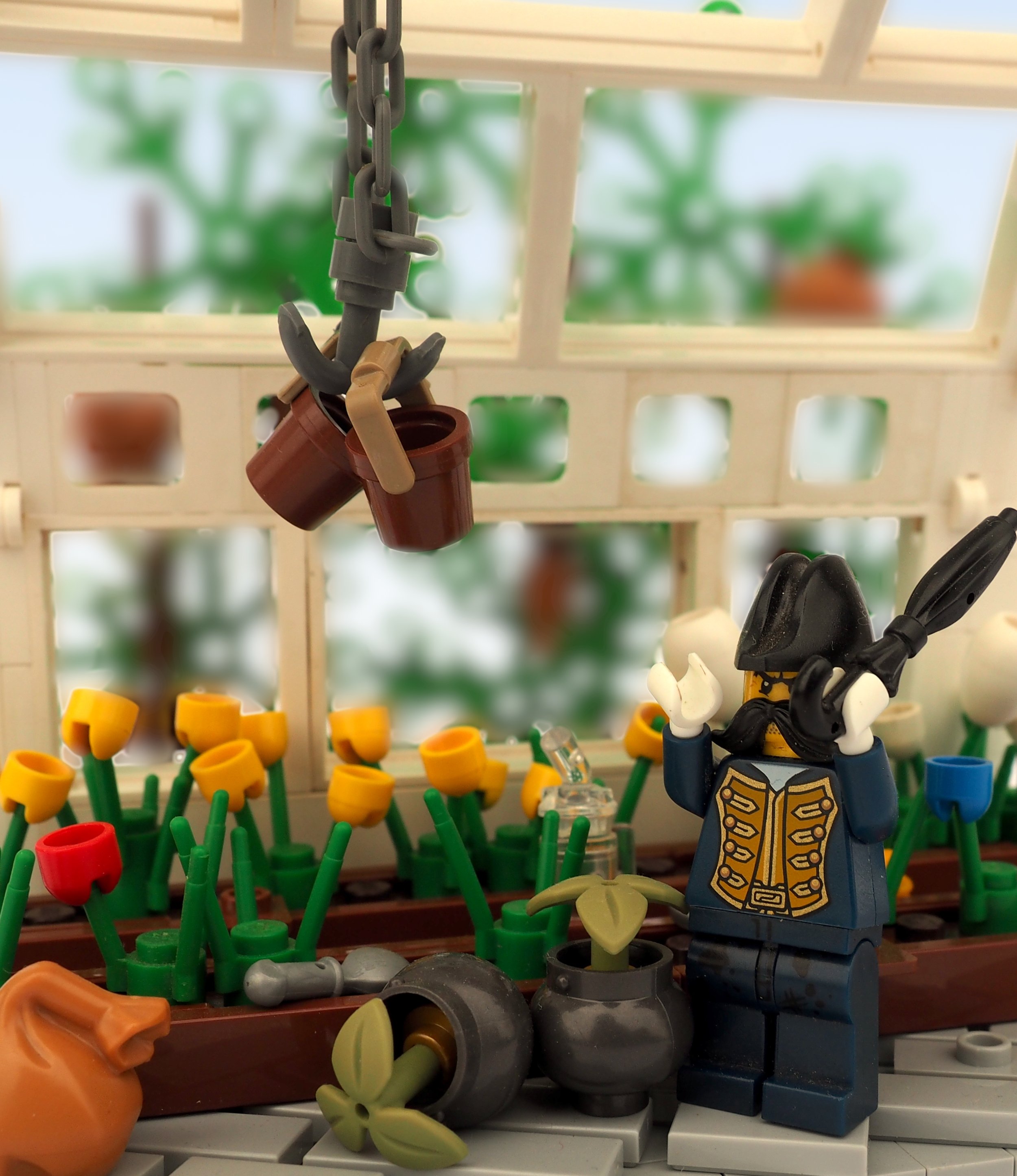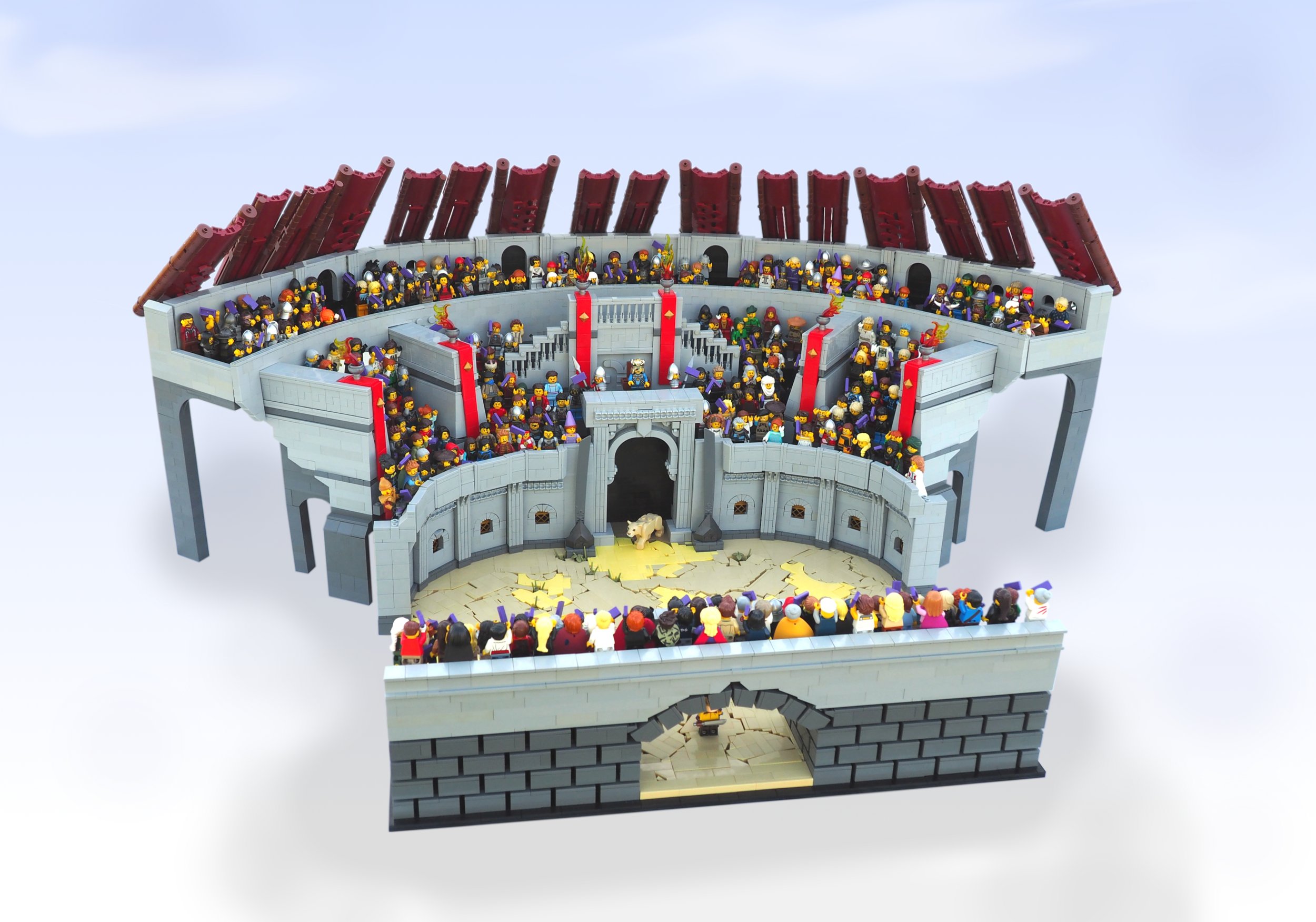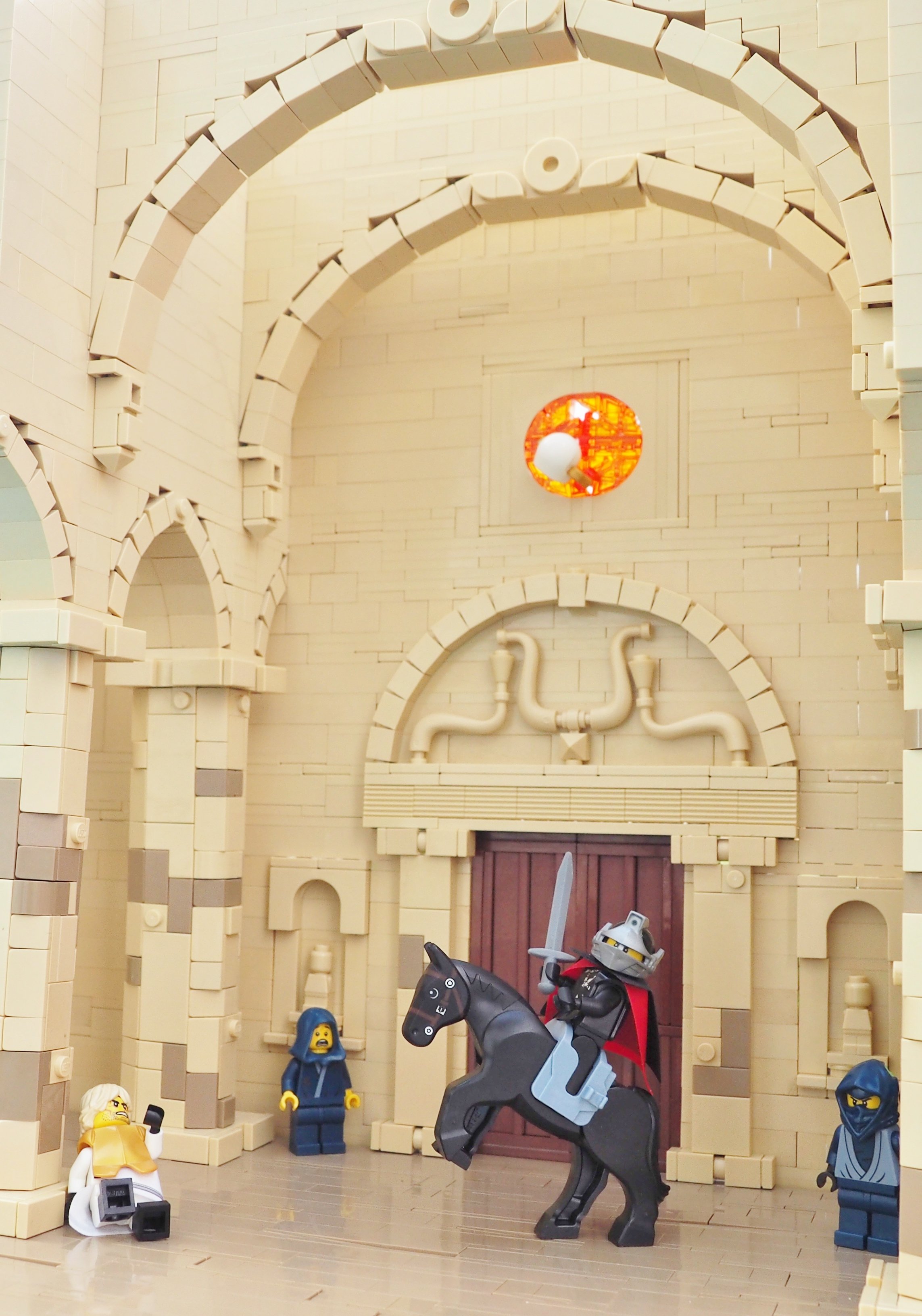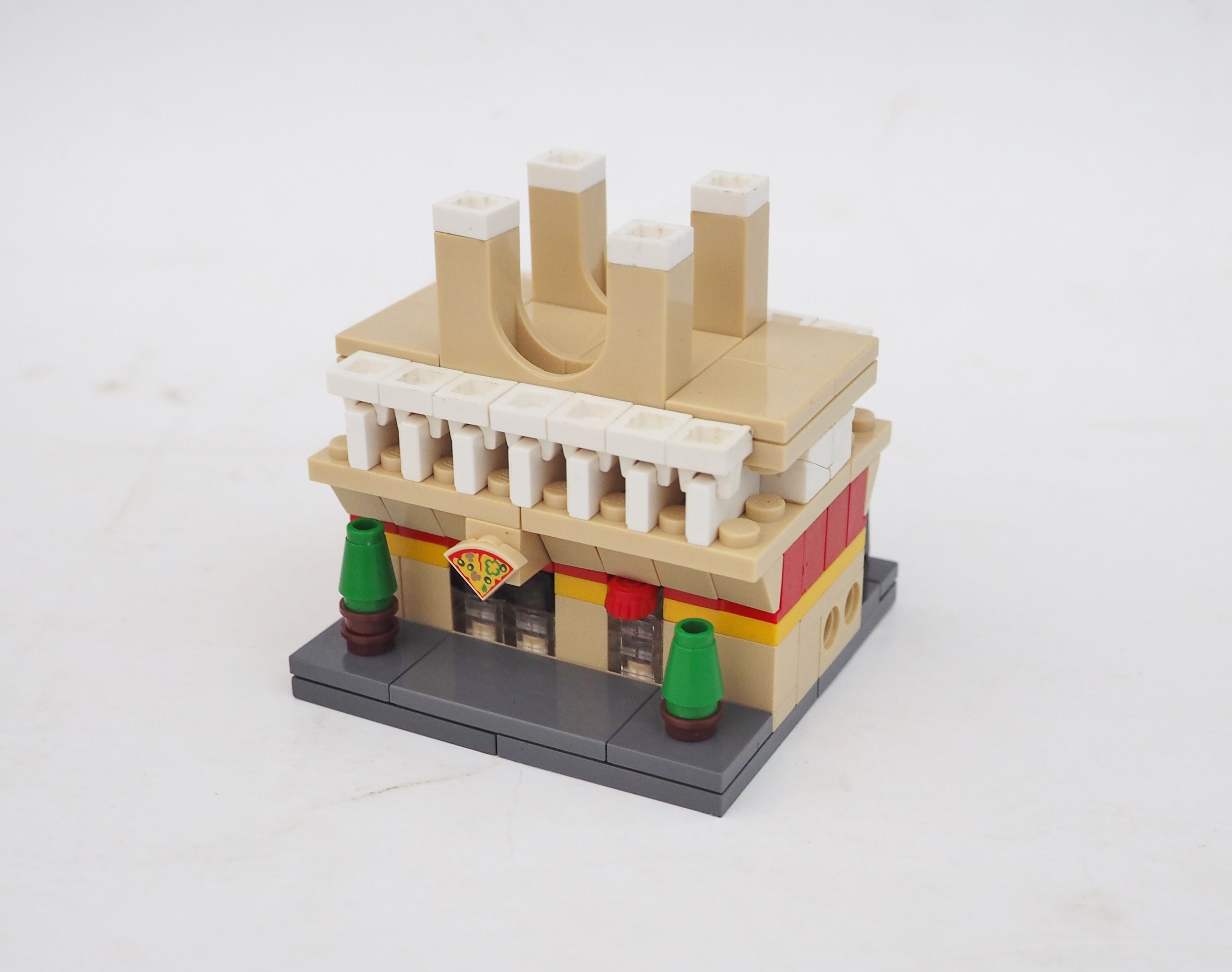10 Years As a LEGO Builder
/Like so many of those who are now AFOLs, the childhood toy I always came back to was LEGO—trains and Lincoln logs and dolls and soccer balls had their seasons, but LEGO was one of my childhood constants. Yet looking back, I don't doubt that, despite being my favorite toy, LEGO would have gone the way of every other toy I played with, now either forgotten in some box or else living a second life with a sibling or a friend's kid. But the year I turned 14, I discovered the online AFOL community, and I never again looked at the brick the same way.
What drew me was the discovery of a totally unsuspected potential in these plastic bricks I'd thought I was so familiar with. Brick bending, cheese slope mosaics, SNOT techniques--this was what inspired me to build and kept me coming back to see what others were building.
That was ten years ago. Today, I've built and photographed over 600 MOCs, been blogged countless times, published my own LEGO-illustrated book, designed custom instructions, and sent a creation to The LEGO House. So today seems like a good day to look back. What is it about LEGO that keeps inspiring me? What do I have to show for ten years of MOCing? How has my style developed and what can you learn from my journey?
2012 to 2014
Dividing my time as a builder into chunks is of course a little arbitrary, but I see three fairly distinct stages. In 2012-2014 I was growing my library of techniques and my collection; 2015-2016 I developed the idea of a style; from 2017 to the present I worked to intentionally create my own style. So let’s start with my first three years.
My first creations were extremely simplistic, with almost no style. I’ve noticed as I’ve watched other builders get their start that this tends to be true for those who begin building young, but most adults have something of a style from their very first build. But those of us who start young tend to just slap bricks together, practicing new techniques will little consciousness of the overall impact of a creation. For instance:
my largest early creation, made very shortly after my first Bricklink order
My botanical gardens was a hodgepodge of new techniques that caught my fancy but that I really had no idea how to artistically apply. There are some impressive things about it—there are even microscale paintings under the central pavilion—but I clearly had no eye for color at the time! Also, incidentally, not much in the way of presentation skills.
So these first three years I was developing techniques rather than style. I experimented with everything I saw anyone else do, from forced perspective to SNOT windows to brick bending to sideways stone floors. As my collection grew, so did my arsenal of techniques. And though these were techniques I’d seen elsewhere, they were almost always creatively modified.
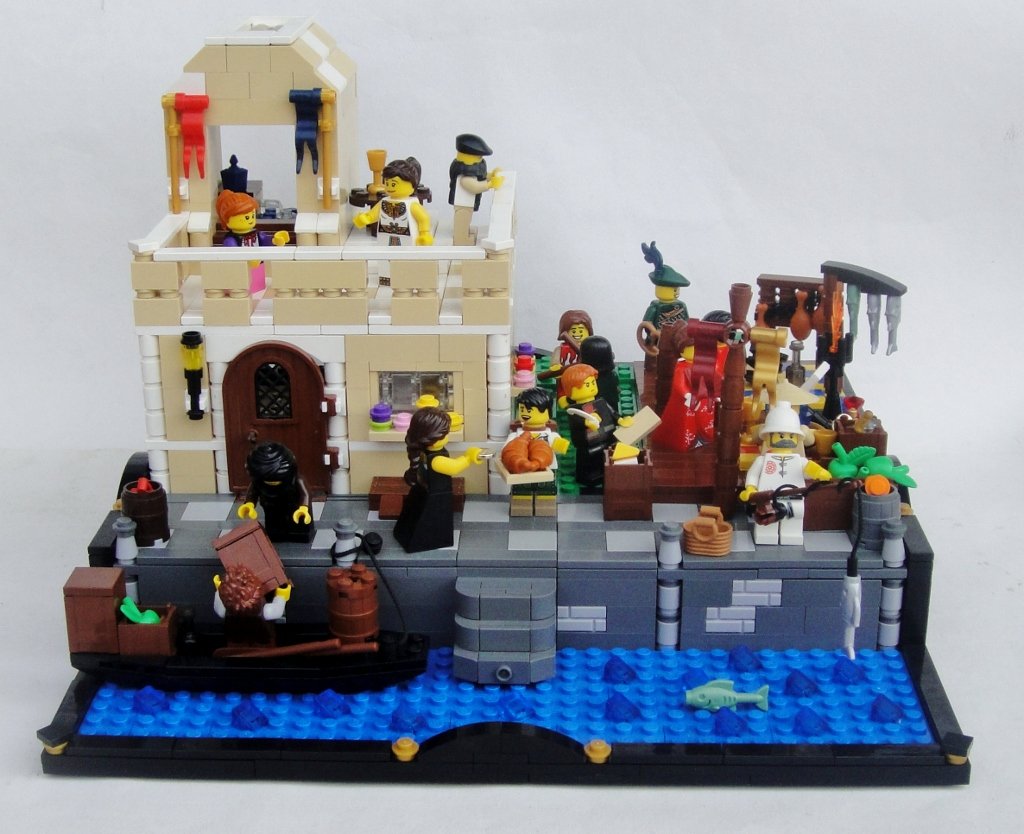
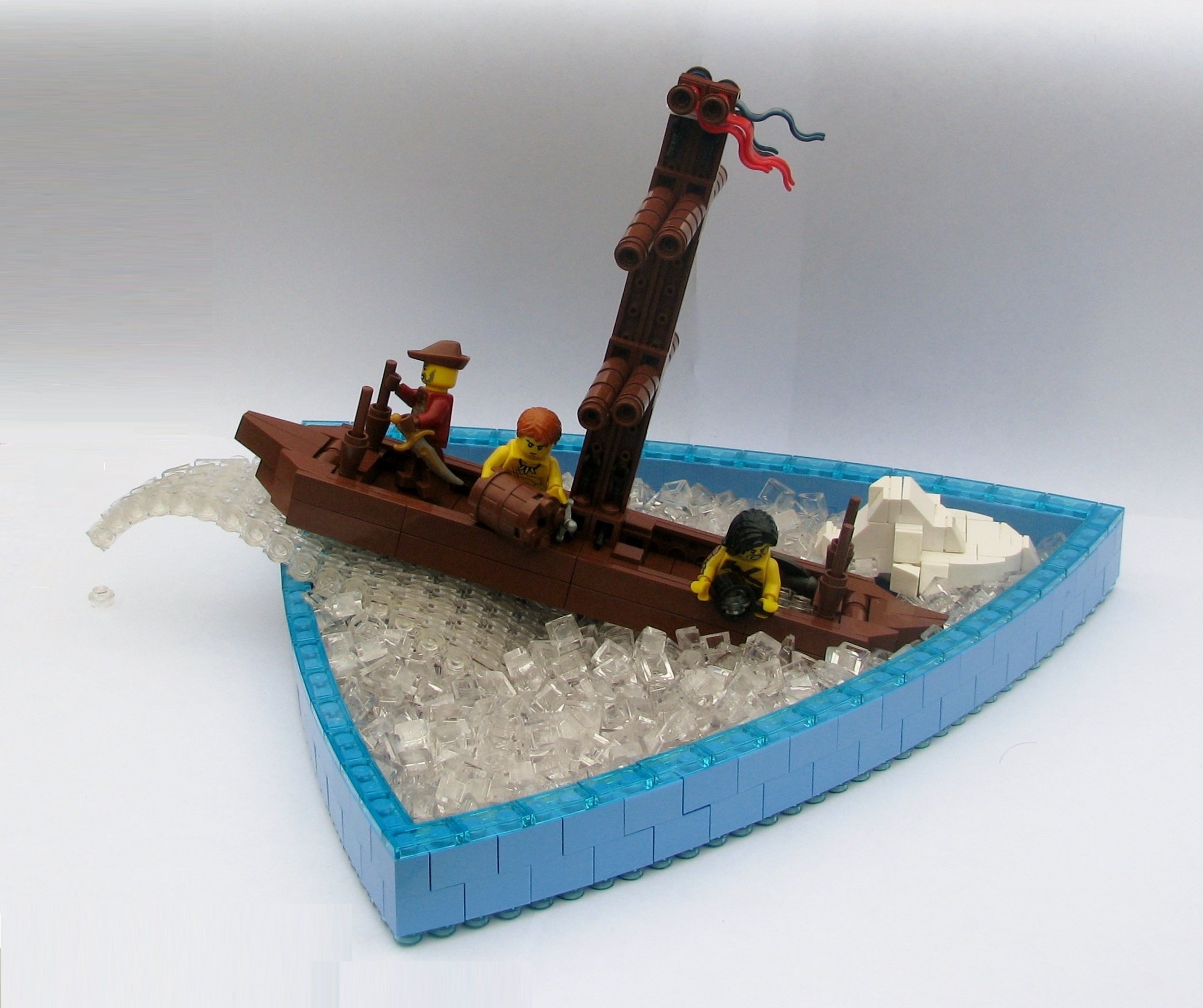
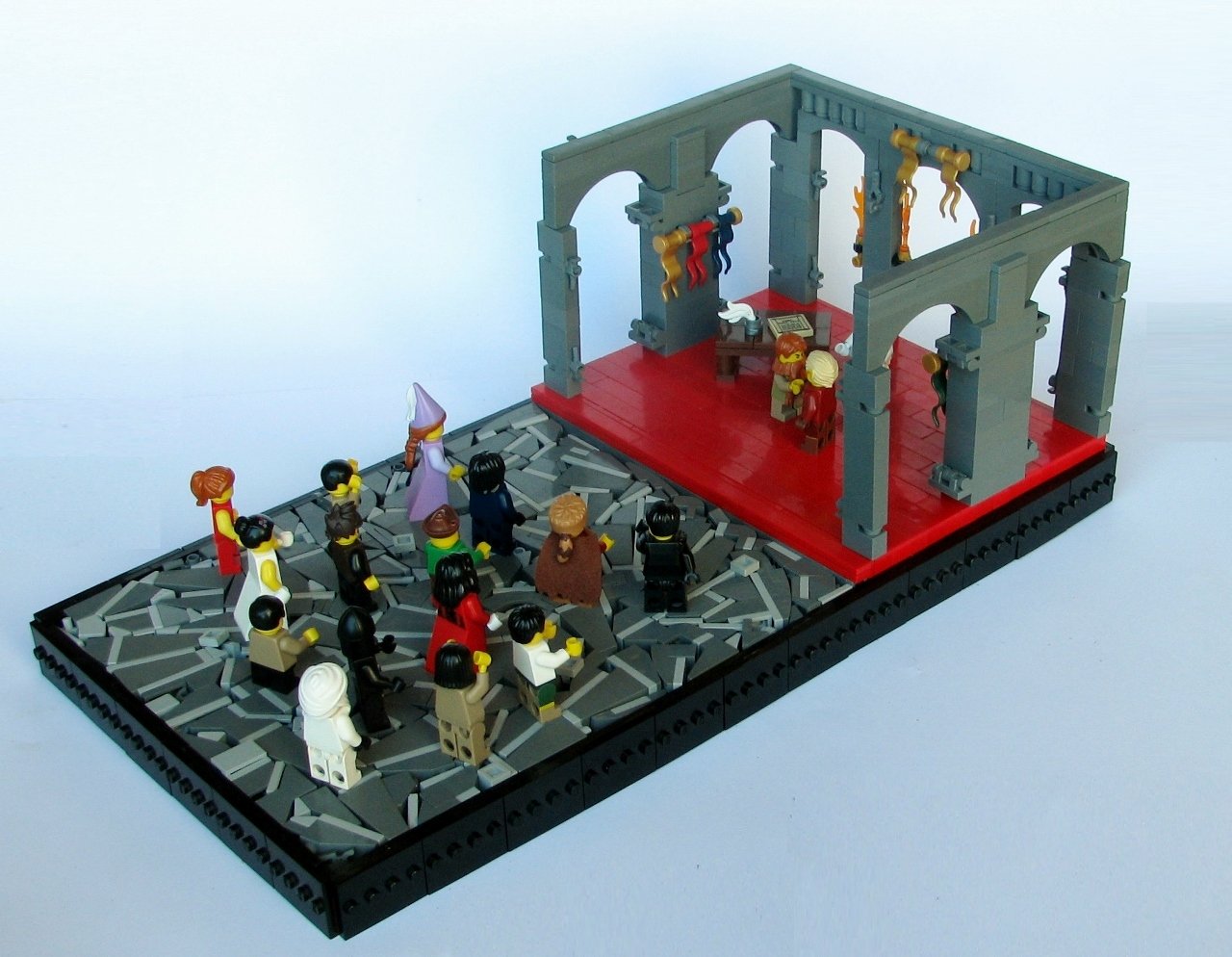
Thinking back to how I built when I was 14-16, I realize that even when it came to trying out advanced techniques, at bottom I was still just slapping bricks together. I had little vision for the overall artistic impact of a creation and very little idea of how to compose a piece. Which is not to say that my creations never turned out well. Sometimes they did, especially when my concept was straightforward.
I still have a modified version of this carriage on my windowsill
But when I tried something larger, I usually lost the focus.
That roof is certainly a slight improvement from my earlier peppermint colored one…
2015 to 2016
In 2015 I built and posted 131 creations. It would have been hard to do all that without getting a little bit better, right? At the end of the year I said, “Unlike those who are saying that they will be trying to build more next year, I will actually be trying to build less. I really want to make every MOC as good as it can be rather than feeling rushed to finish a build in a couple of hours. Plus I want to start building more as an art than just because I want to enter the next contest… so we’ll see!” Something had changed for me over the course of the year, and I was starting to think about my builds from a new perspective.
What happened was that I suddenly realized that I was developing a style, that my creations were different than other builders’ creations in a way that was becoming predictable. I juxtaposed bold colors for contrast and rarely created gradients. I tended to build on grid, but I was learning to present my creations from a visually interesting angle instead of straight on. My creations had become less cluttered, usually visually obvious even from thumbnails.
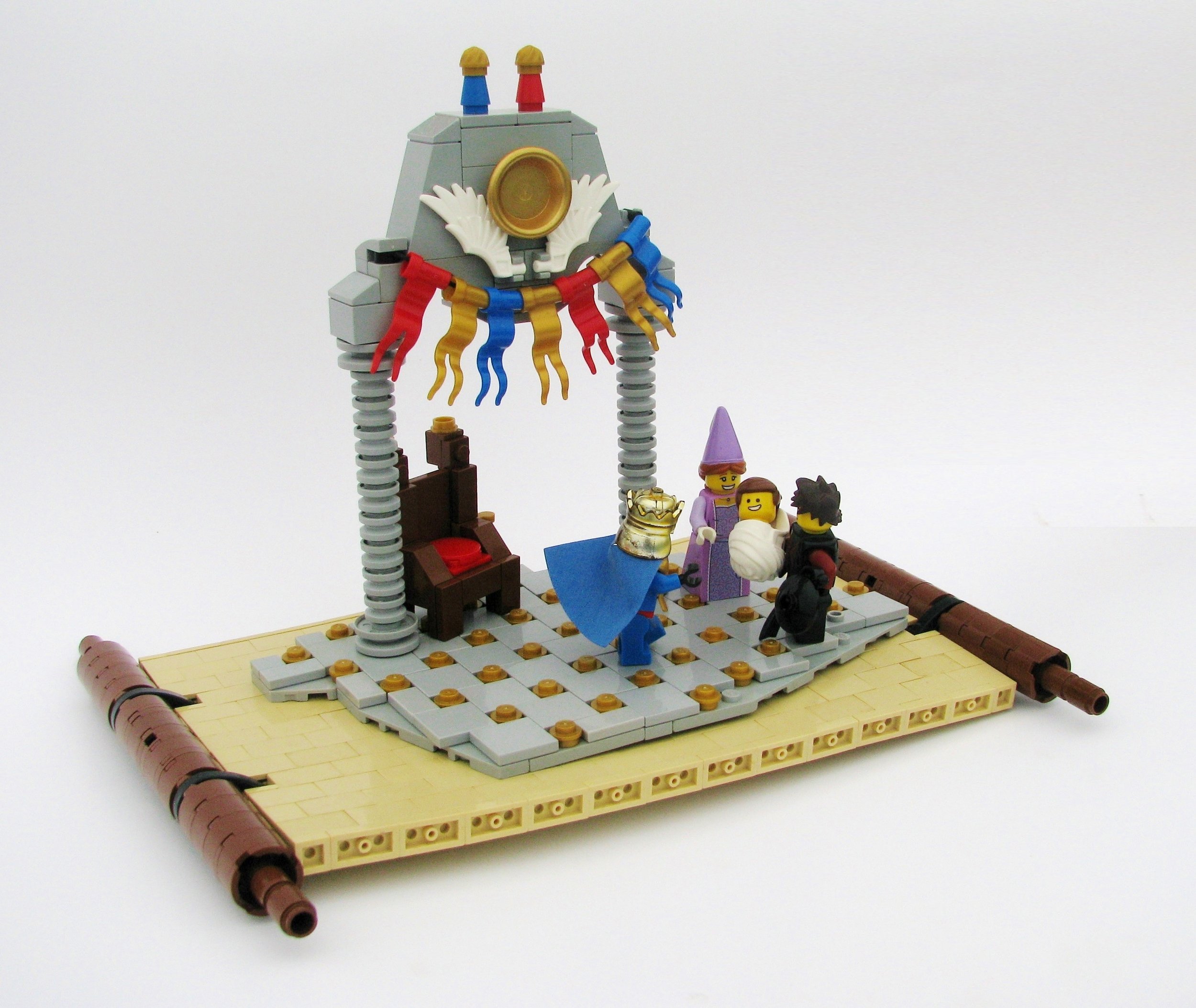
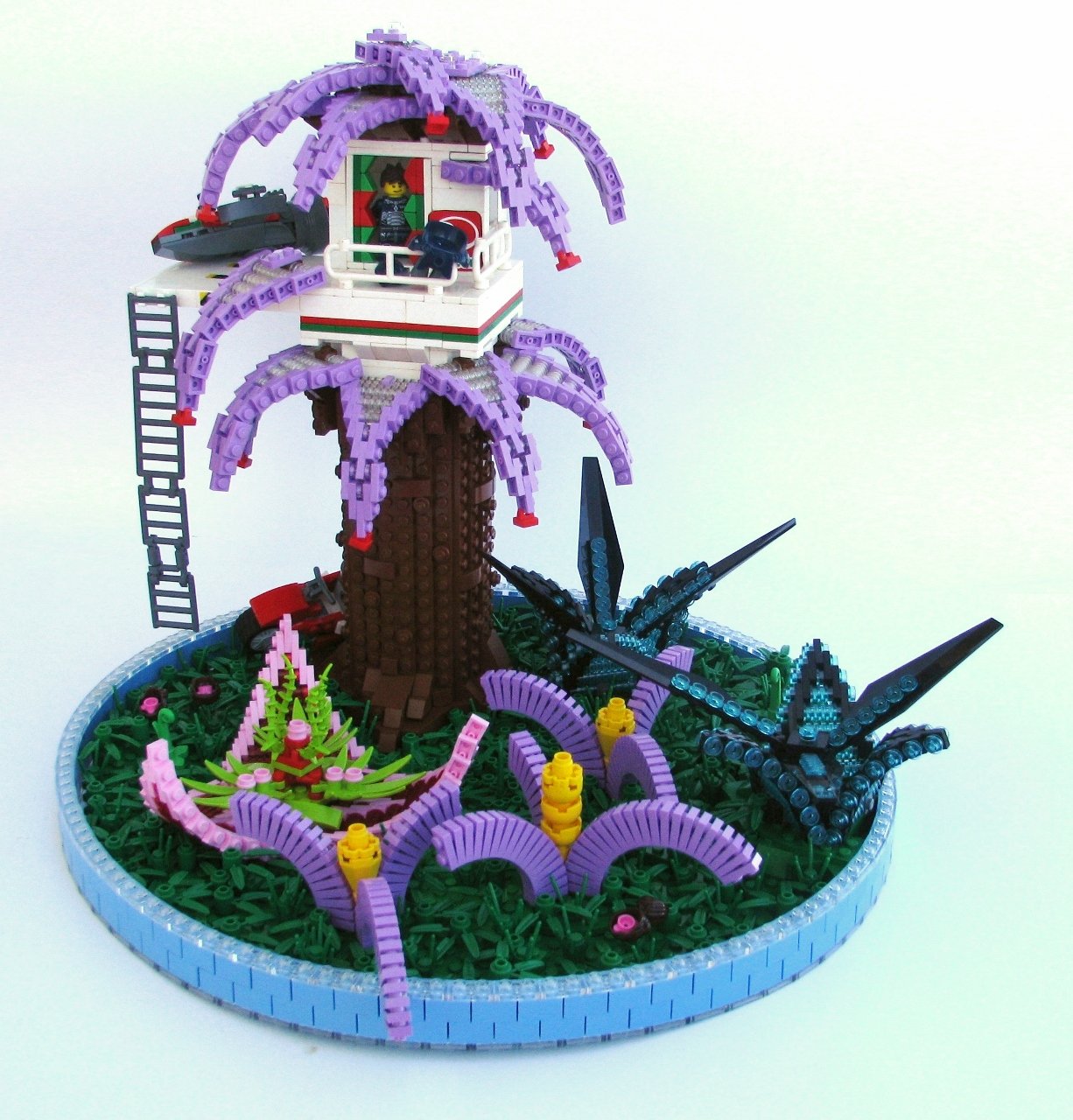
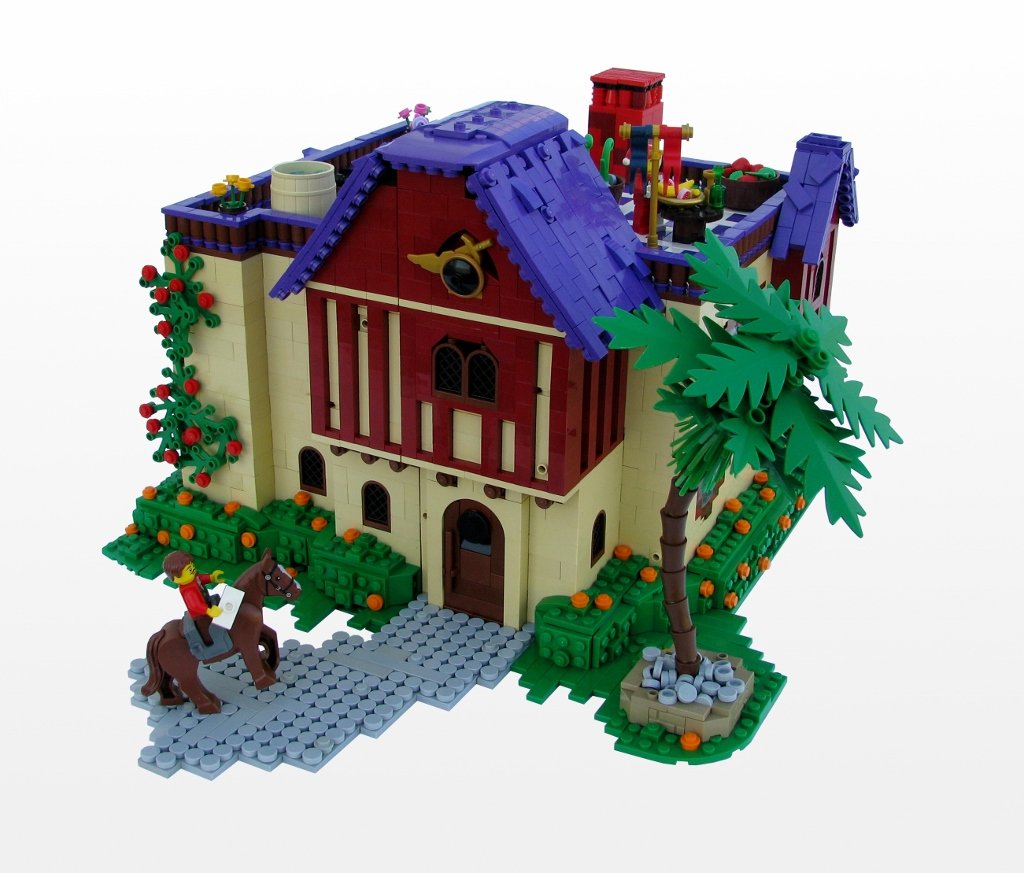
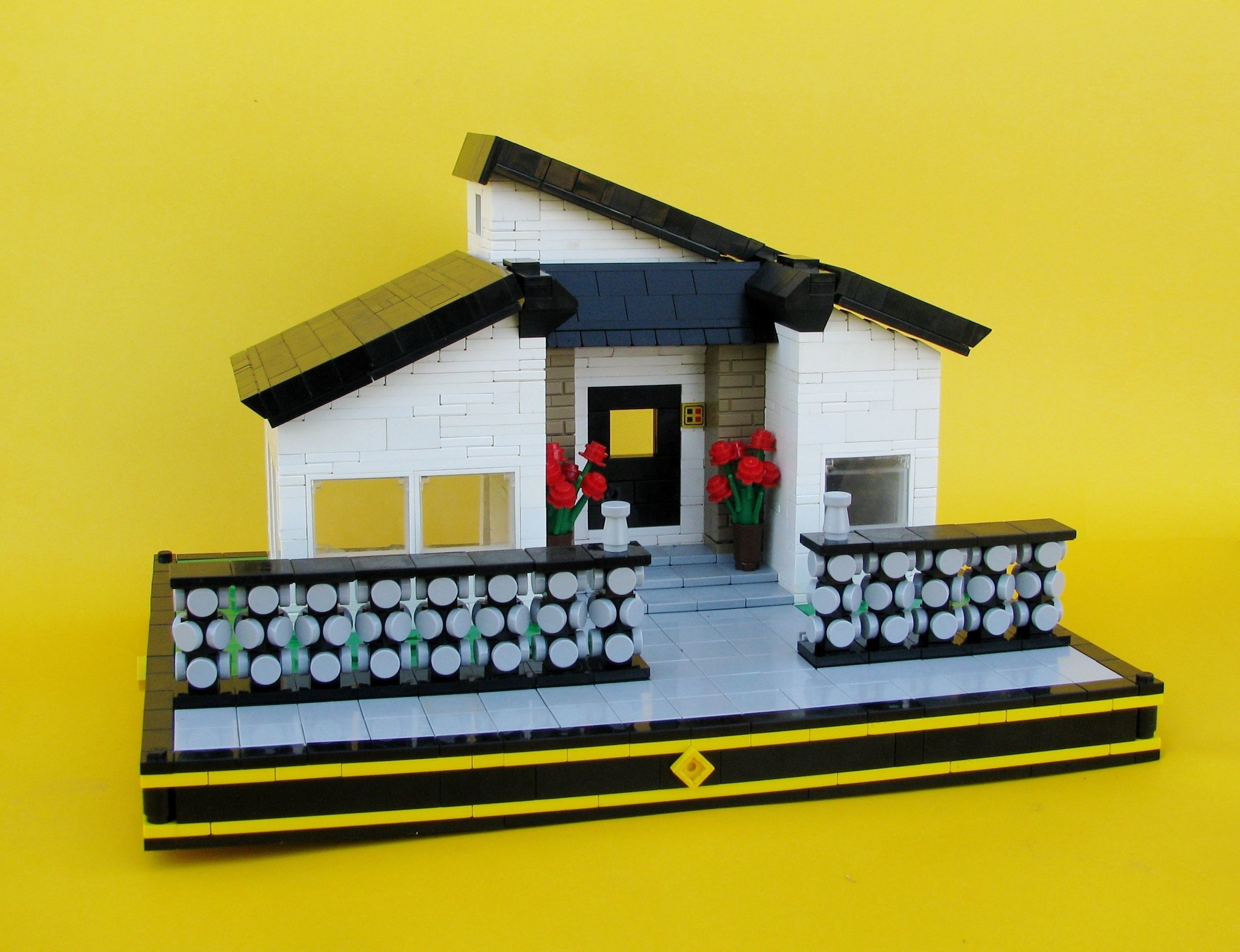
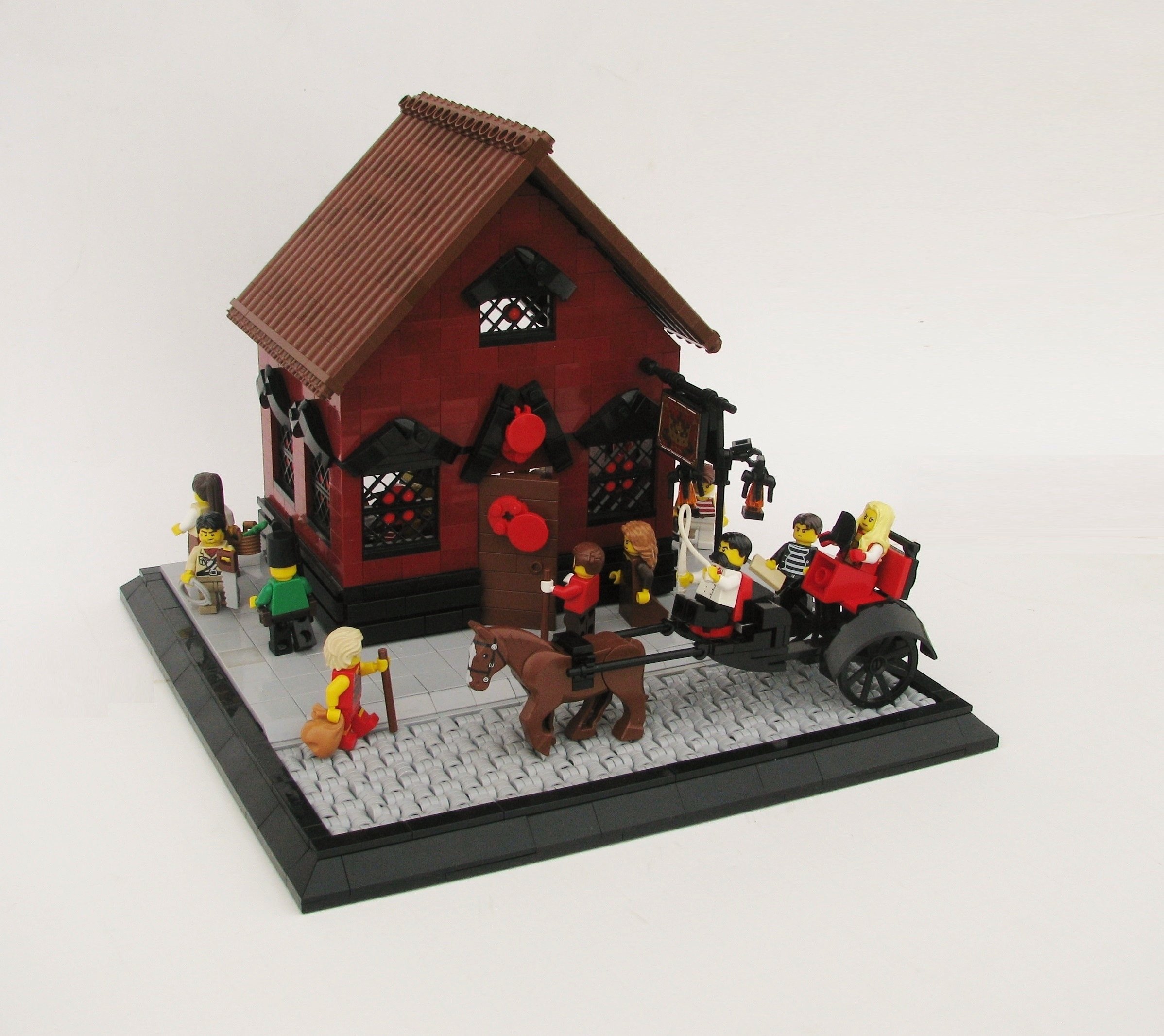

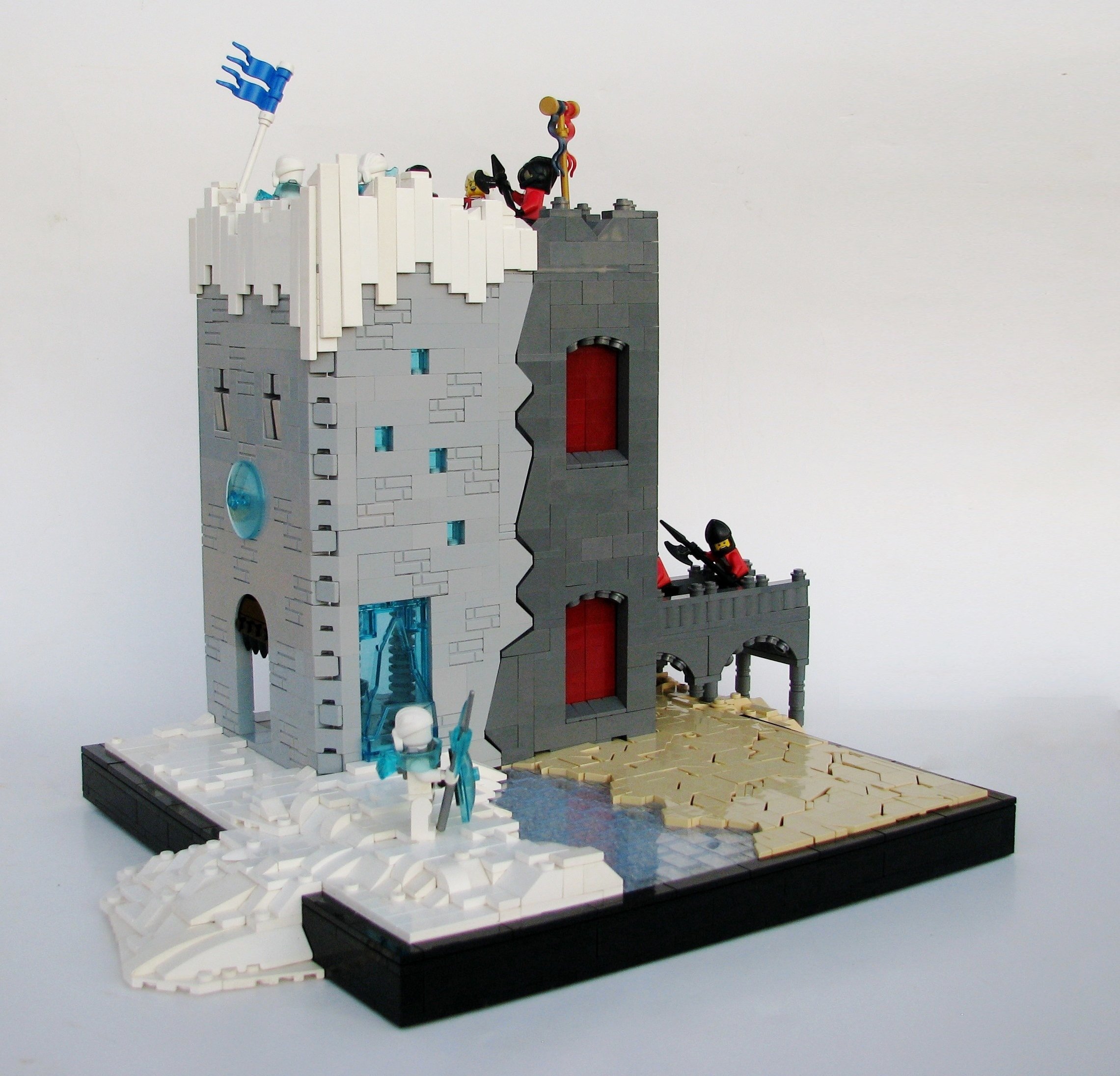
But no sooner did I realize that I had a style than I began to see some flaws in the style. I felt like my colors were usually uninteresting, my shapes were squarish, and sometimes I was using a complex technique just for the sake of using the technique, not because it actually improved a creation.
In spite of my resolve at the end of 2015, I kept building at a fairly rapid pace throughout 2016. I still approached improvement from the angle of: make a bad choice on this build, make a better choice for the next one. It would be a while before I realized that the beauty of LEGO is that you can build and unbuild and rebuild the same section of a MOC as many times as you like!
Maybe the most obvious place to see that I was now looking at my LEGO building as art is in the photography. Whereas before the most I asked for was a clear picture, now I’m suddenly looking for a clean, undistracting background, hopefully one that will make the creation pop.


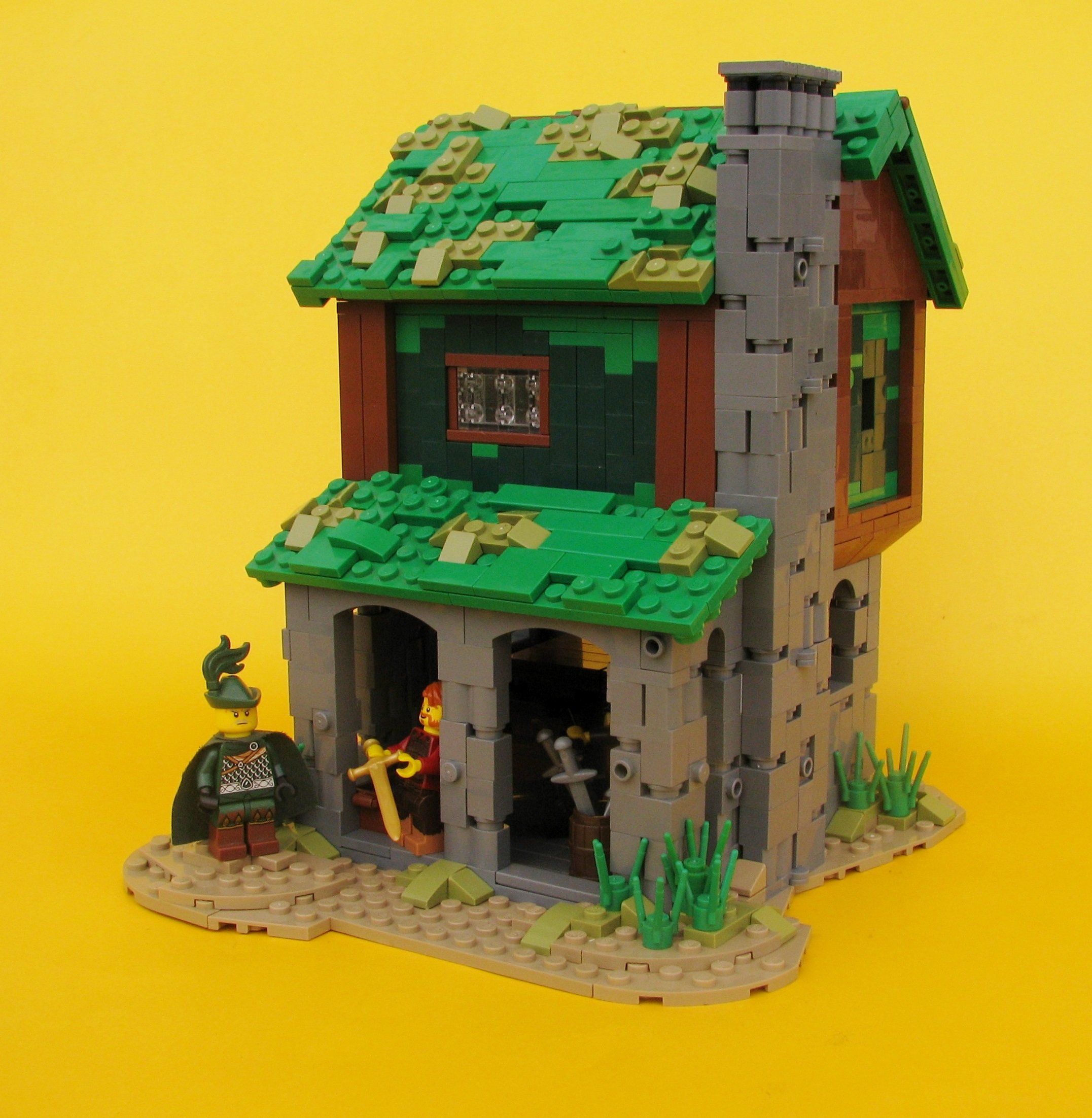

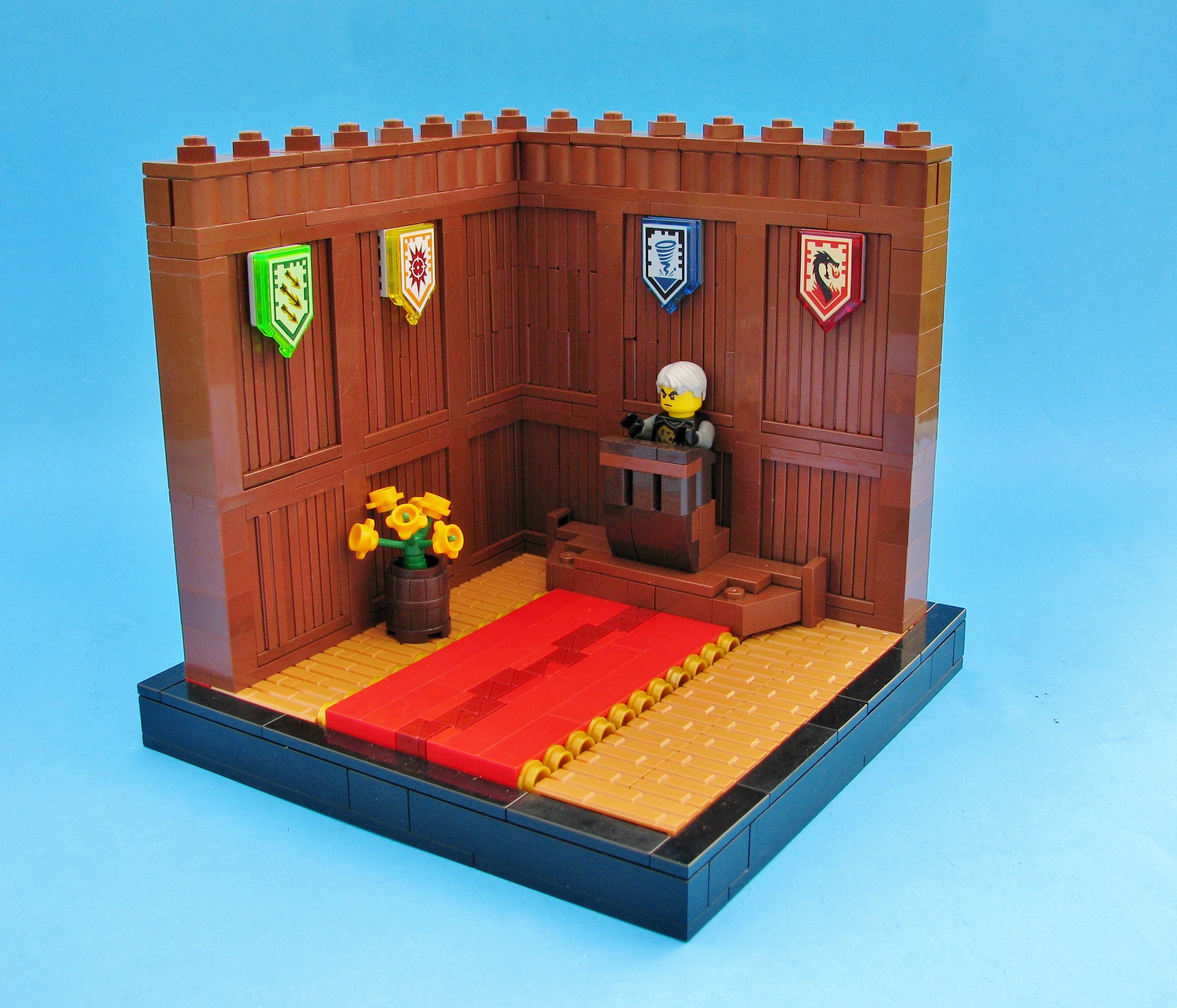
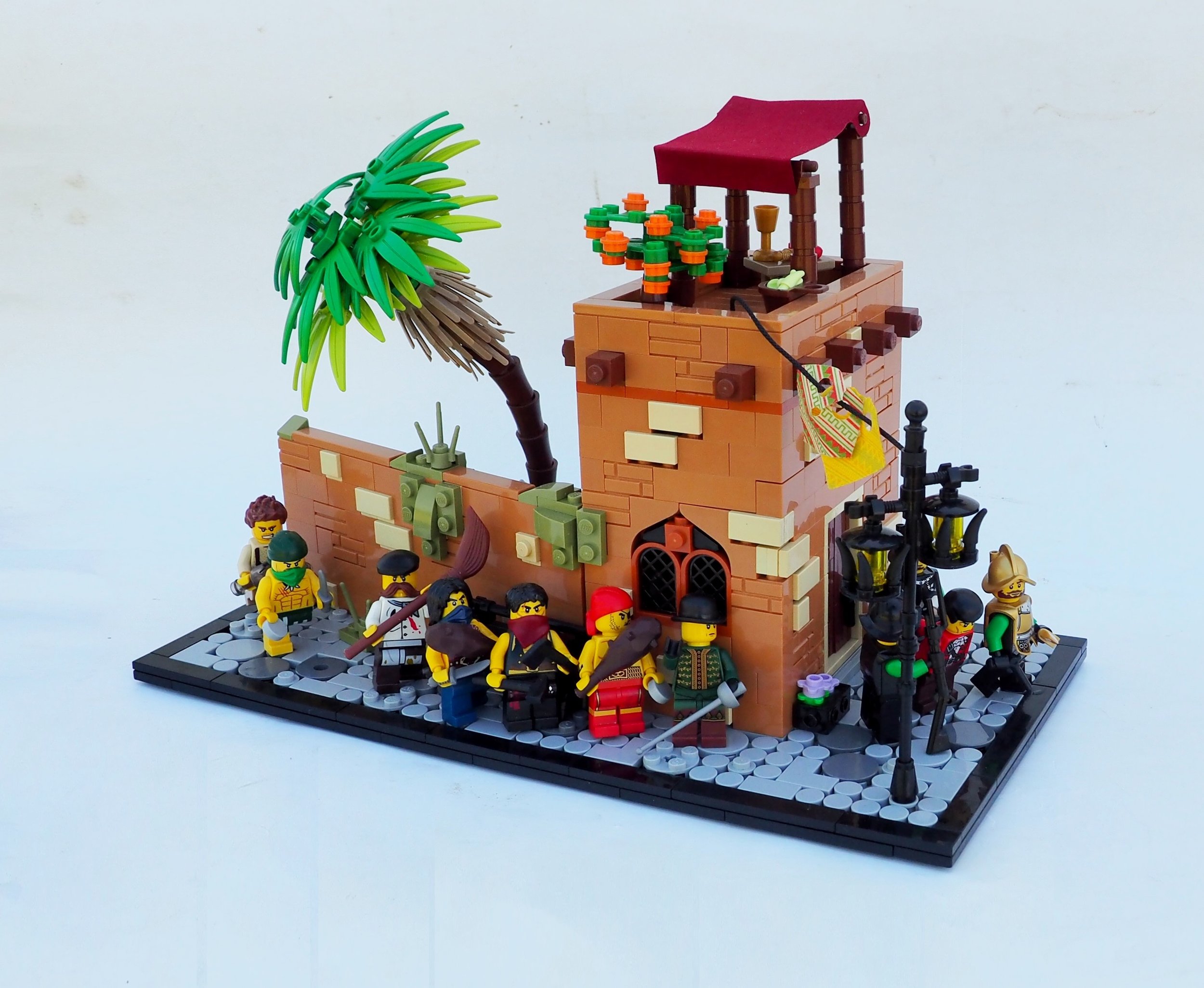
Another area where I was starting to improve was in concepts. As a RPG (Role-Playing-Game) builder almost from the beginning, I was always telling stories around my creations, but I sometimes lost opportunities to allow the creations themselves to tell a story. But over these transitional years, I gradually went from just sitting and building to first thinking, then sitting and building.
2017 to 2021
From the very beginning of my time as a LEGO builder, I’ve always worked to improve my technique. With the realization—three years in—that I was developing a style, I started to work to improve that style. Of course, the nebulous thing called “style” has many different sides to it; it’s a combination of color, composition, and concept. (You could probably make a longer list, but three c’s is too good for me to try to improve on.)
Color was a clear starting place, and culminating (yes, I really need to stop with the c’s) in 2019 I tried to use it better and better. (In part that was just an excuse to BrickLink some rare colors I’d always wanted… but there, I’ve never regretted expanding my palette.) Now for a quick disclaimer, I haven’t scientifically studied colors; the difference between light and ink is about as far as I go. But I came to the conclusion, based on experiments in my own builds and observing what looked best to me in other builders’ work, that color is essential for sending clear visual messages about a creation. A quick example: if you use reddish-brown for dirt and then use reddish-brown for wood in the same creation, it’s visually confusing. Of course, sometimes you may want to break this rule—but it should always be intentional.
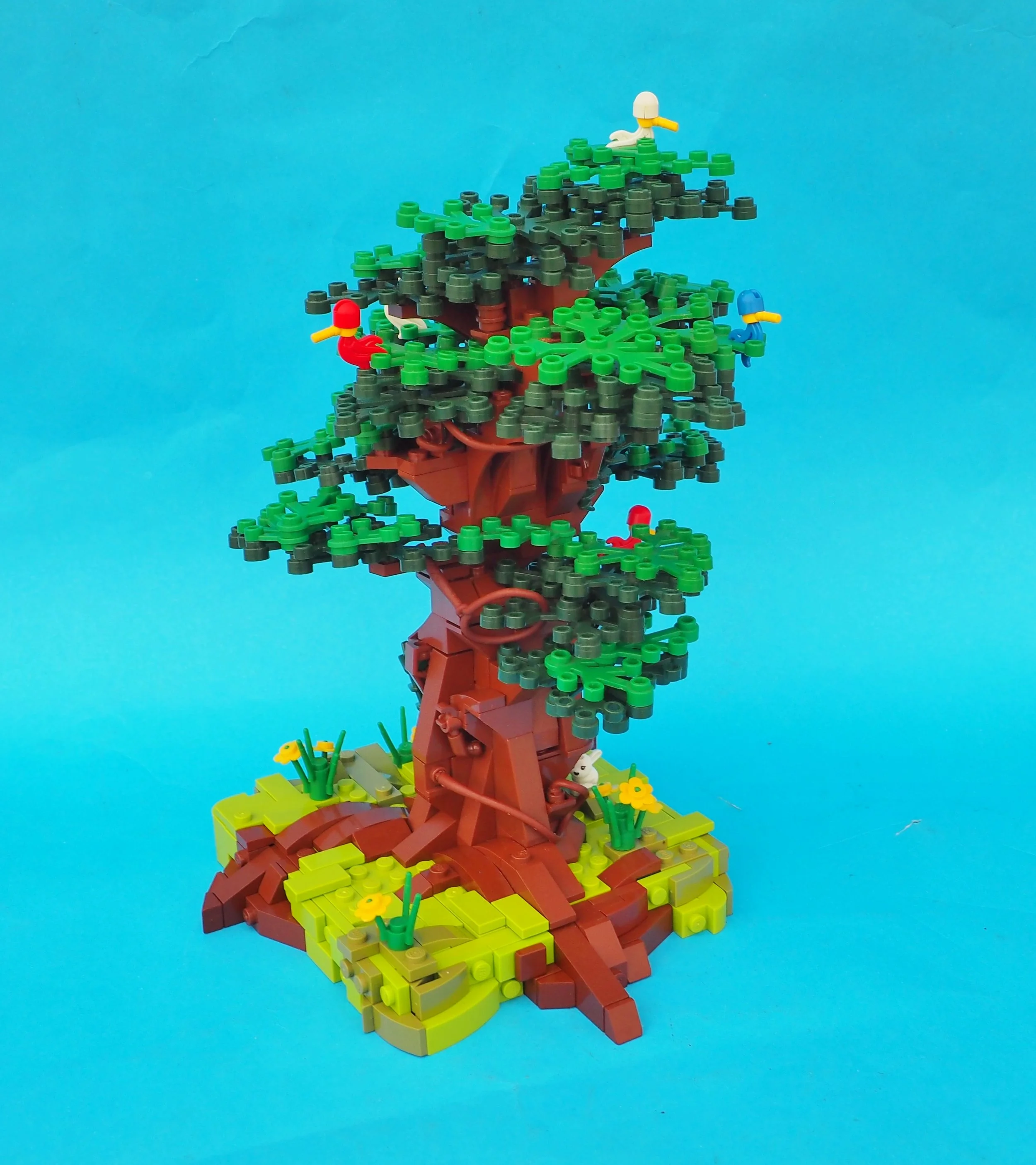
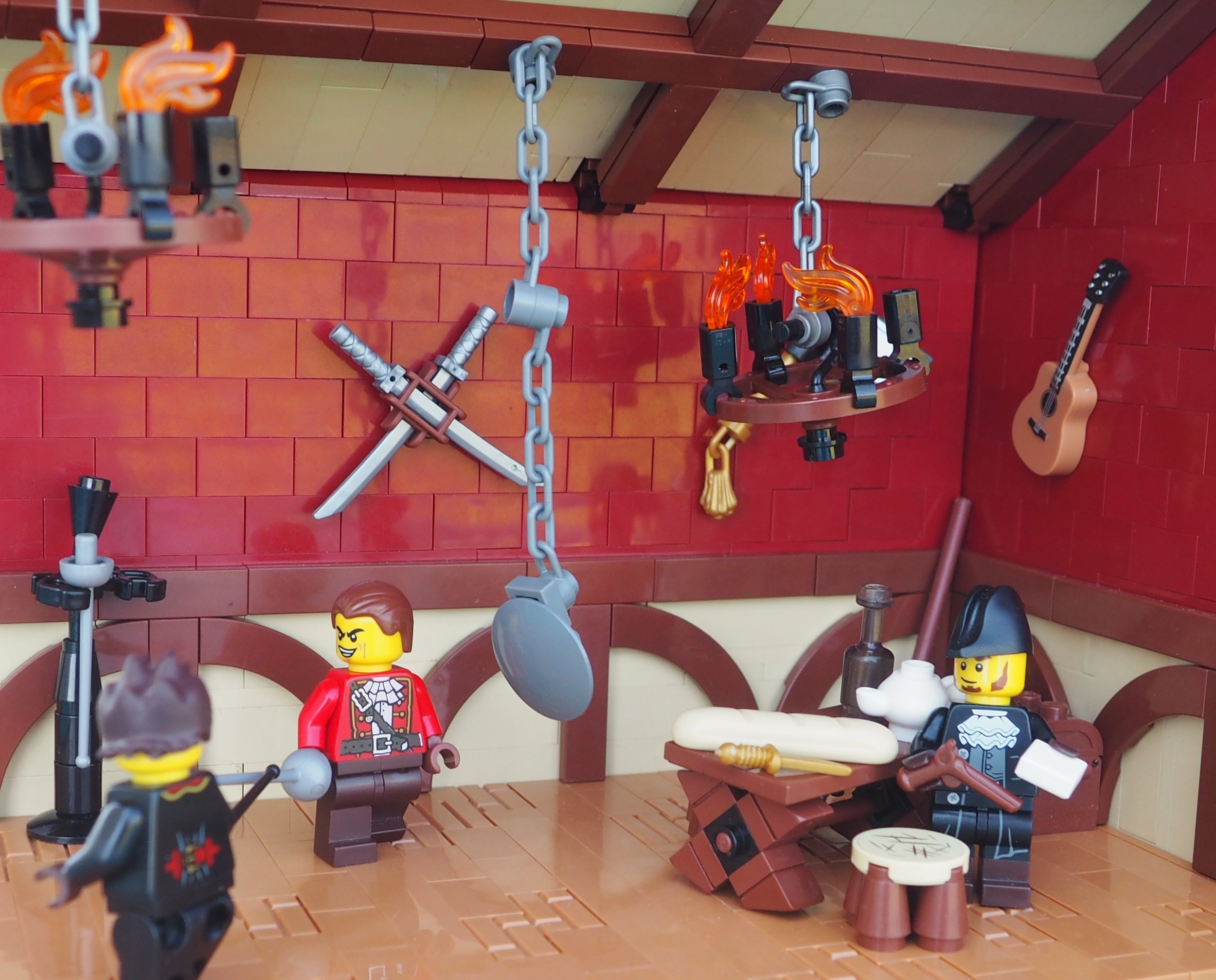
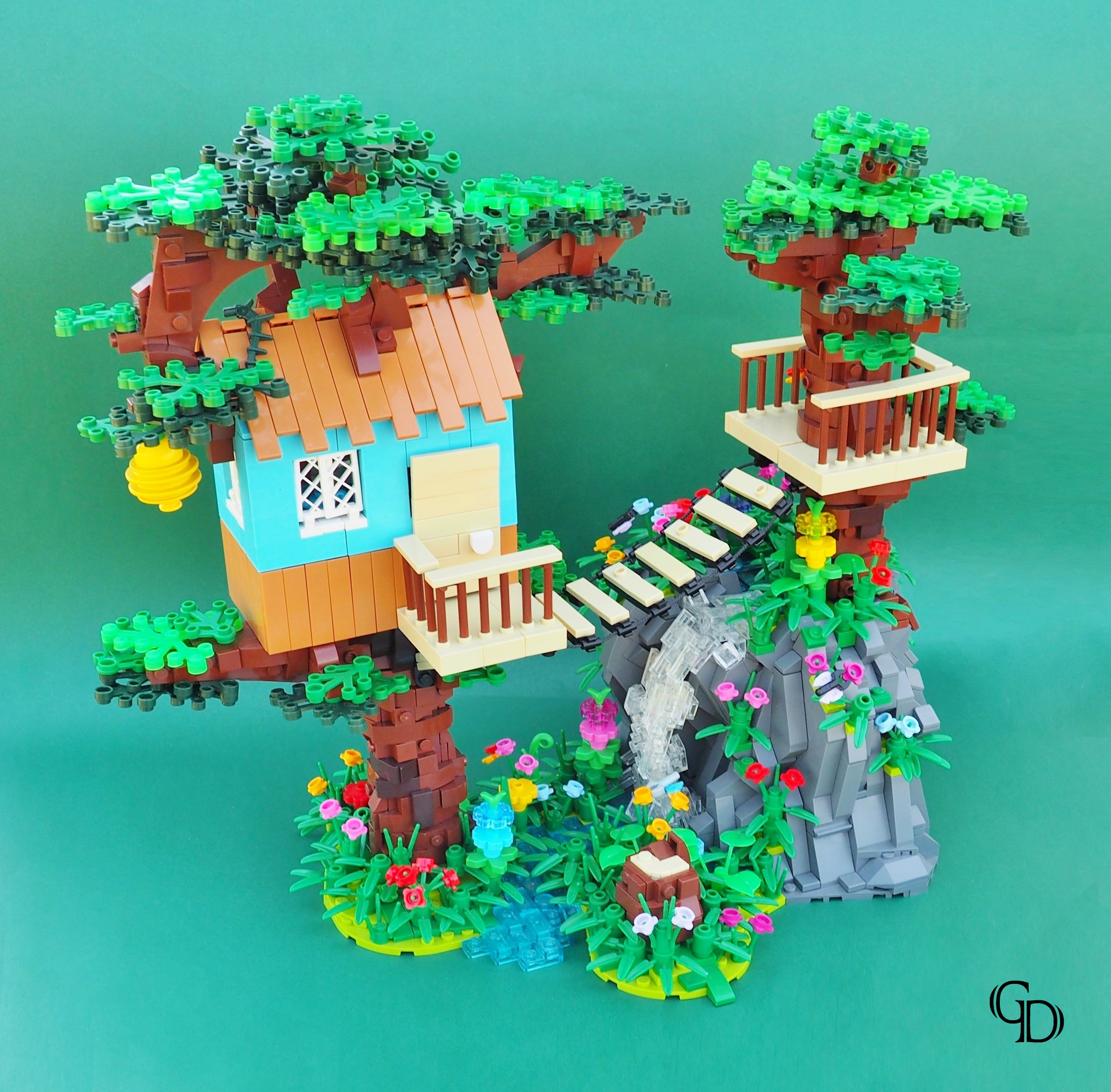
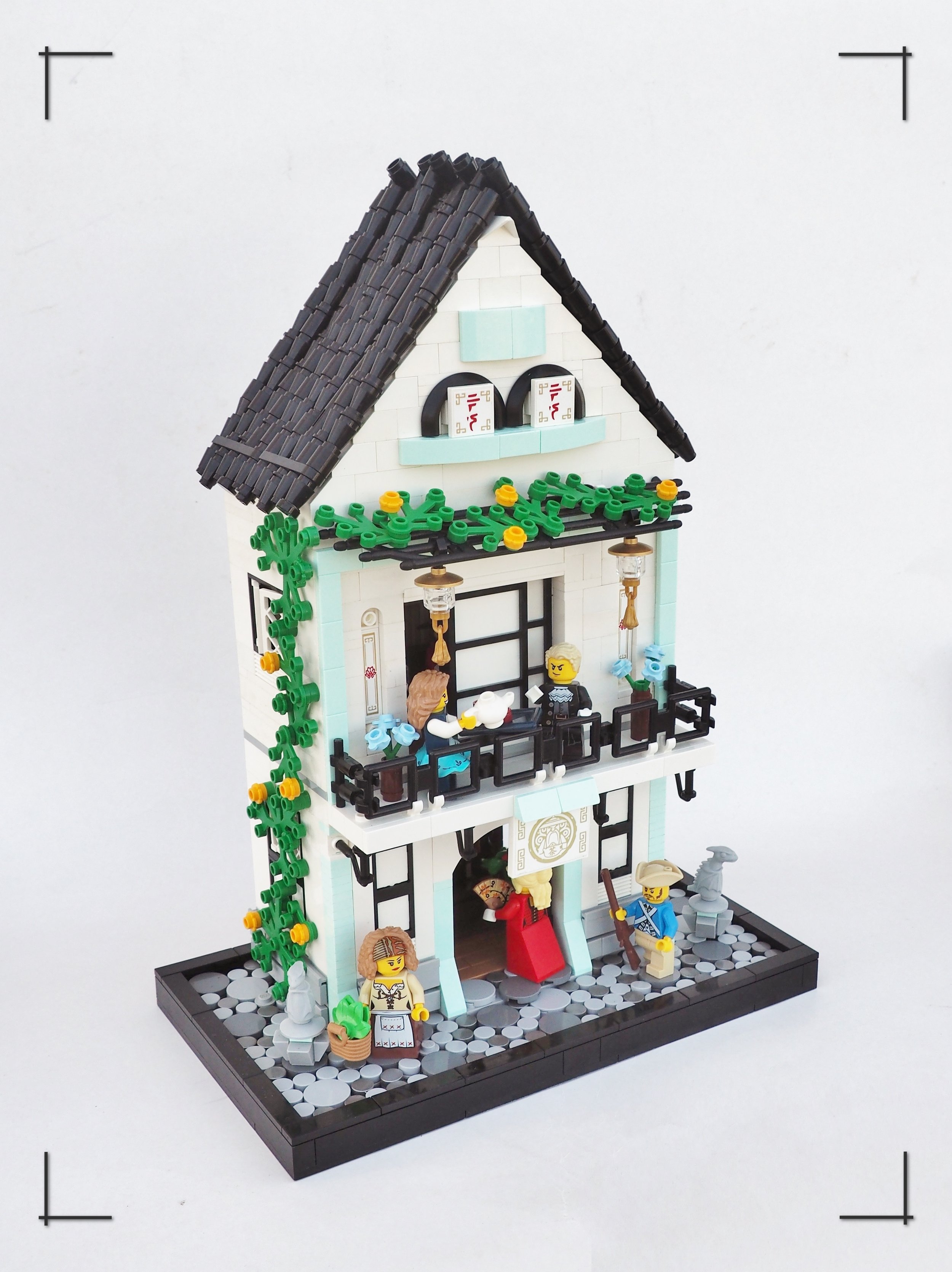
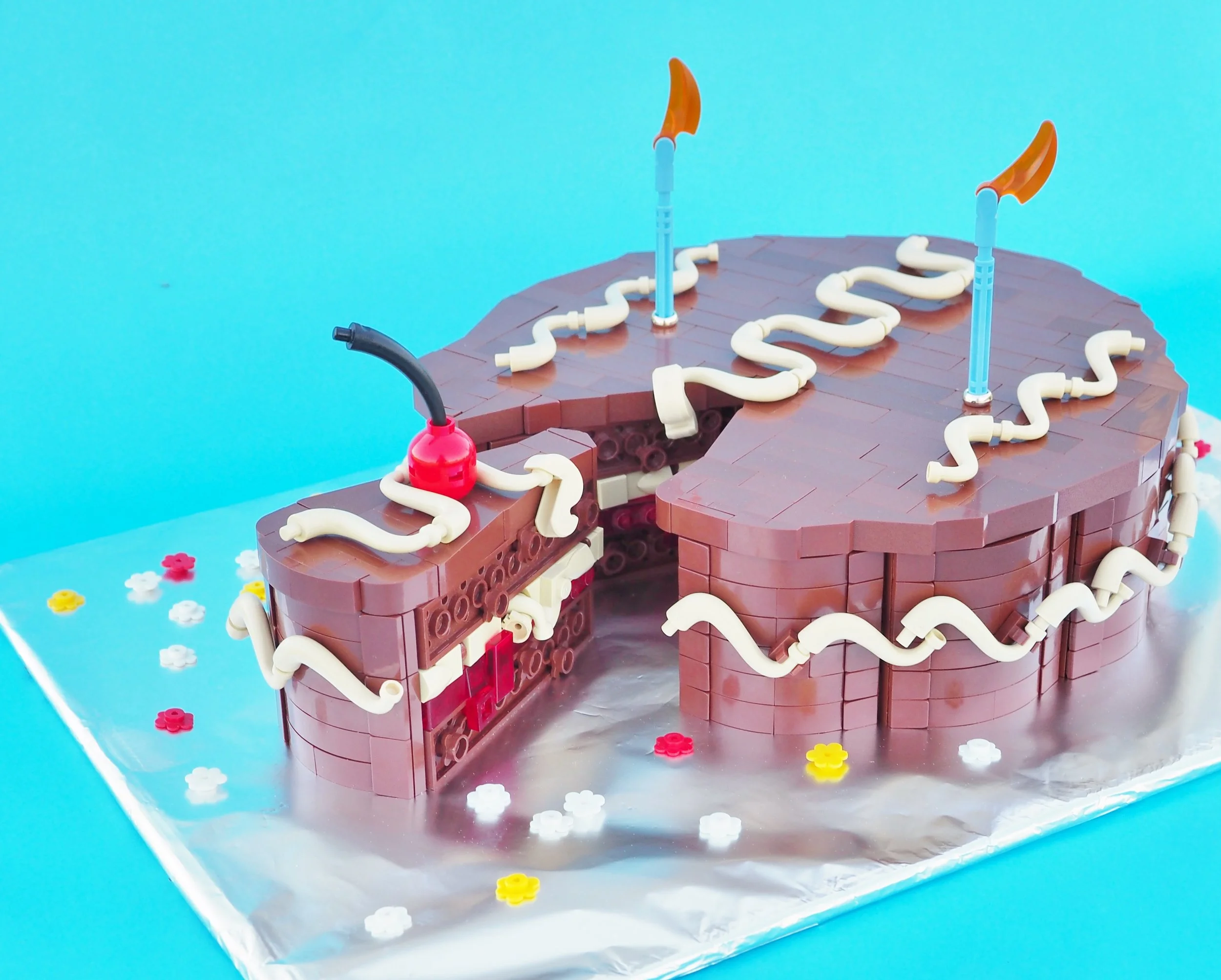
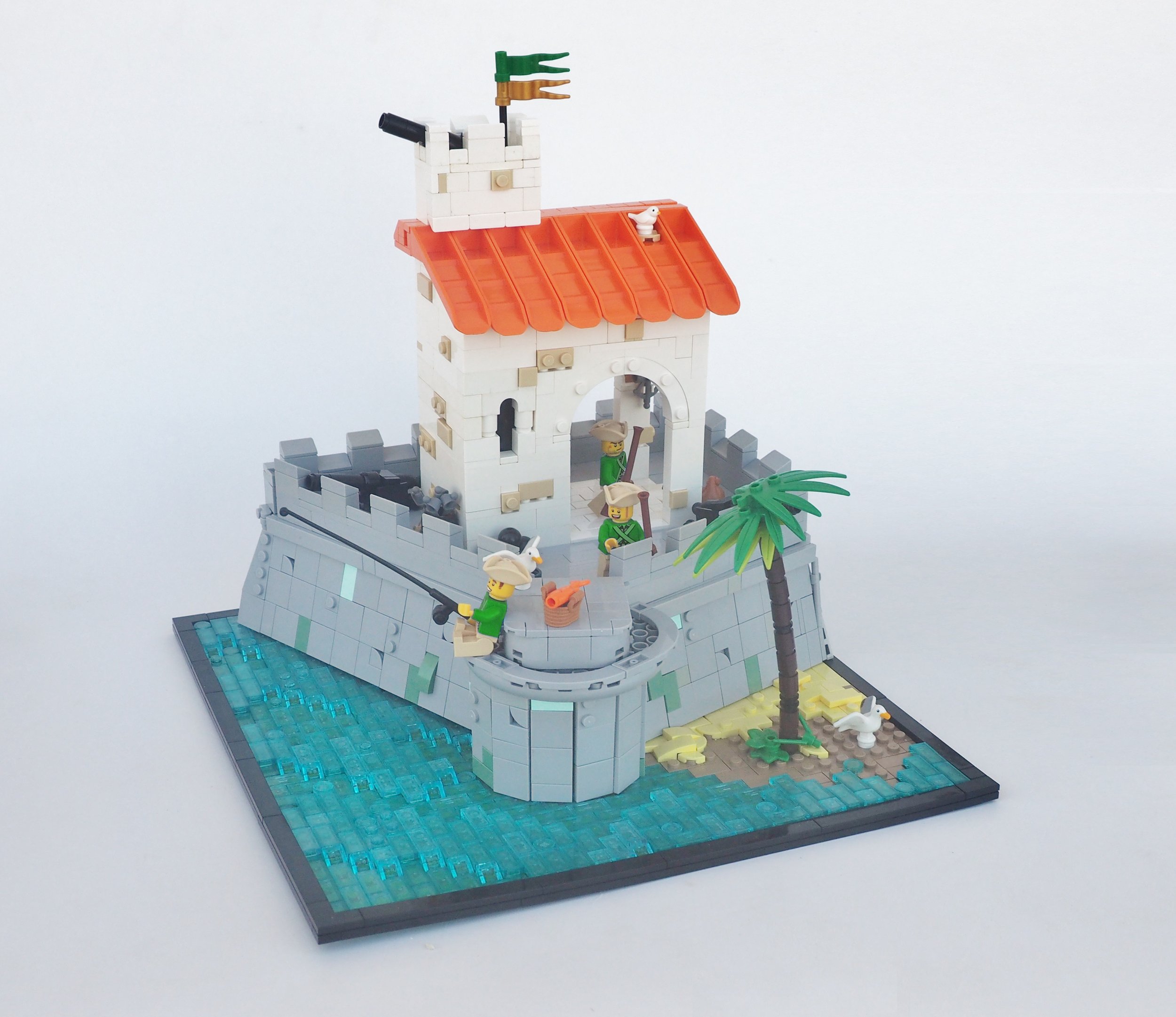
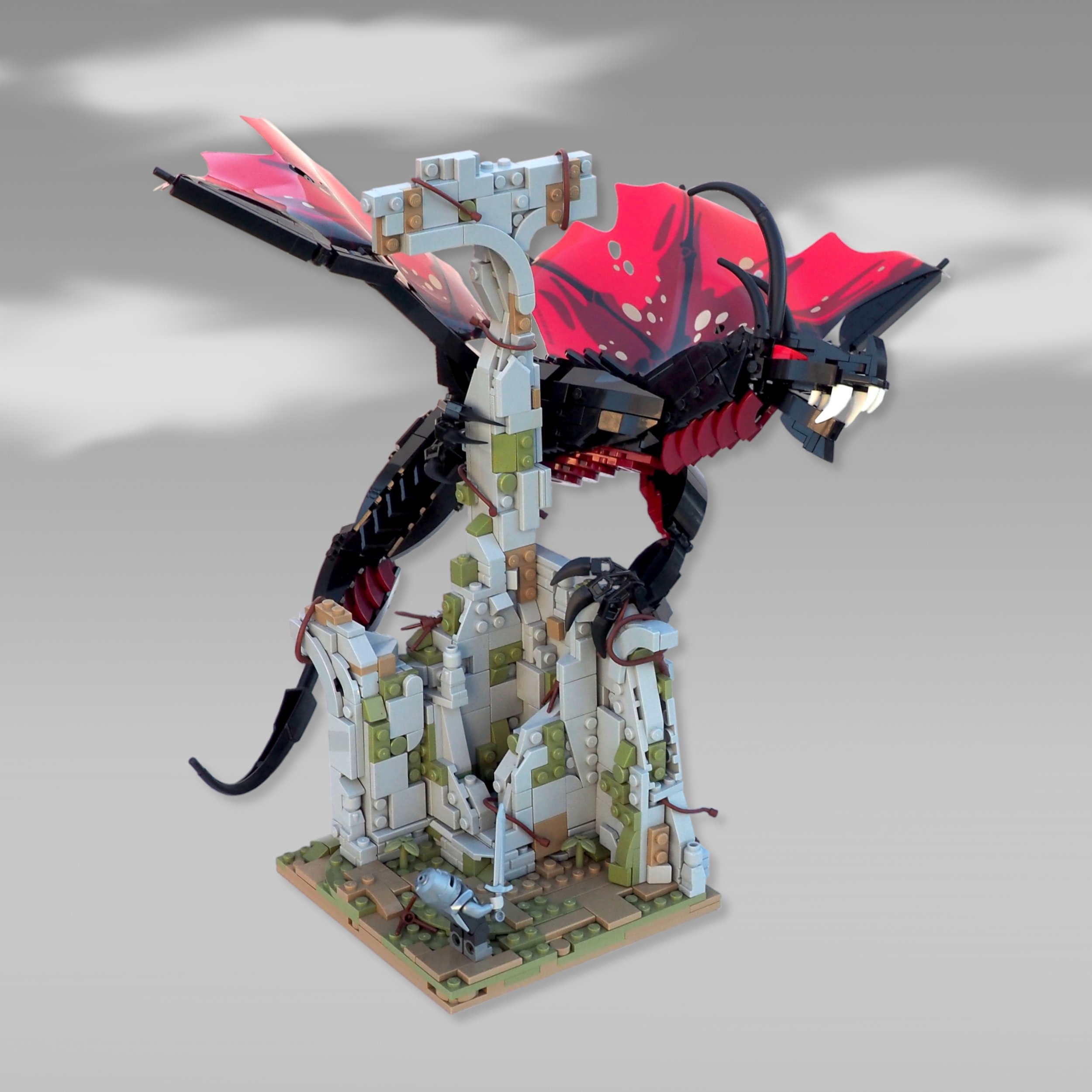
Moving into composition—which is all about drawing the viewer’s eye to the right place first—and which is also another side of the color coin: brighter colors will naturally grab your eye. So will one small dash of a certain contrasting color in a sea of some other color (for instance, a minifigure in brown against a blue sky over a green field). I tried to tell the viewer where to look and let them know what’s what based on the colors I used. And since LEGO is a 3D medium, you’re also working with heights and distances as you compose a creation. I wanted to lay things out so that from front to back—and usually from left to right—the eye is drawn naturally upwards, with no part of the creation getting awkwardly in the way of another part.
You’ll recall that at the end of the last section I said that I’d gone from sitting and building to thinking and building. But you can only think of something that’s there in your brain to be thought of, and besides, you’re liable to forget what exactly it looks like (ever tried to draw an animal from memory?). So my workflow (if you can call LEGO building that!) now includes researching and drawing. Whereas in 2012 the time I spent on a given creation looked like 10% (or less!) thinking away from the bricks, and 90% building with the bricks in front of me—now before I even put two bricks together I’ll frequently spend half, or even more than half of the total time a build takes me researching a concept, “building” in my head, and drawing it on paper. And when I do begin to build, the parts of what I put together are likely to be little more than sketch models that won’t end up in the final creation at all.
Of course, in addition to improving my style, I’ve also continued branching out of my comfort zone and adding to my techniques. I’m a LEGO builder, not a castle builder or a pirate builder or a creature builder, so I’m always up for trying something I’ve never done before, be that a dinosaur or a Vic Viper.
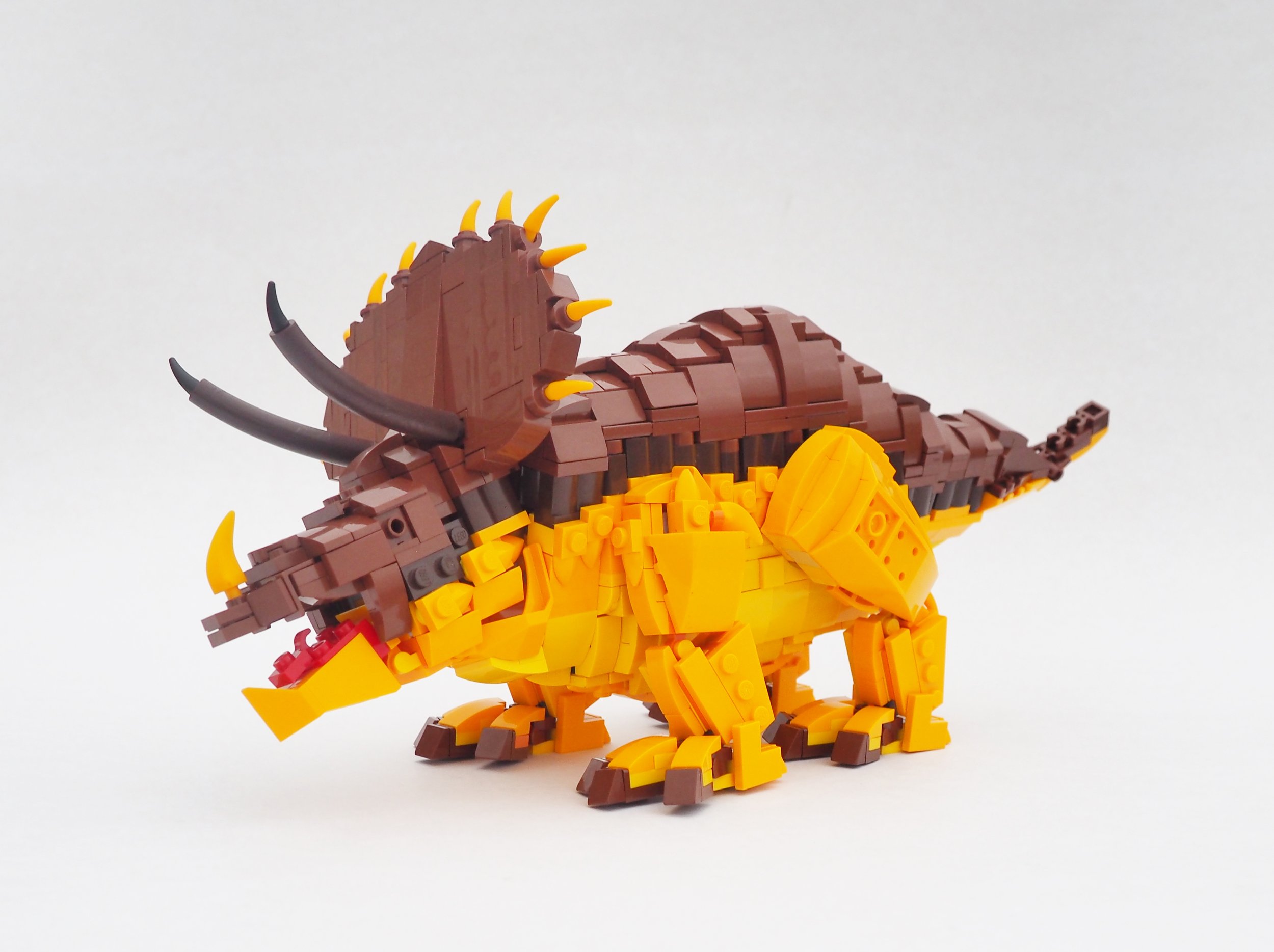
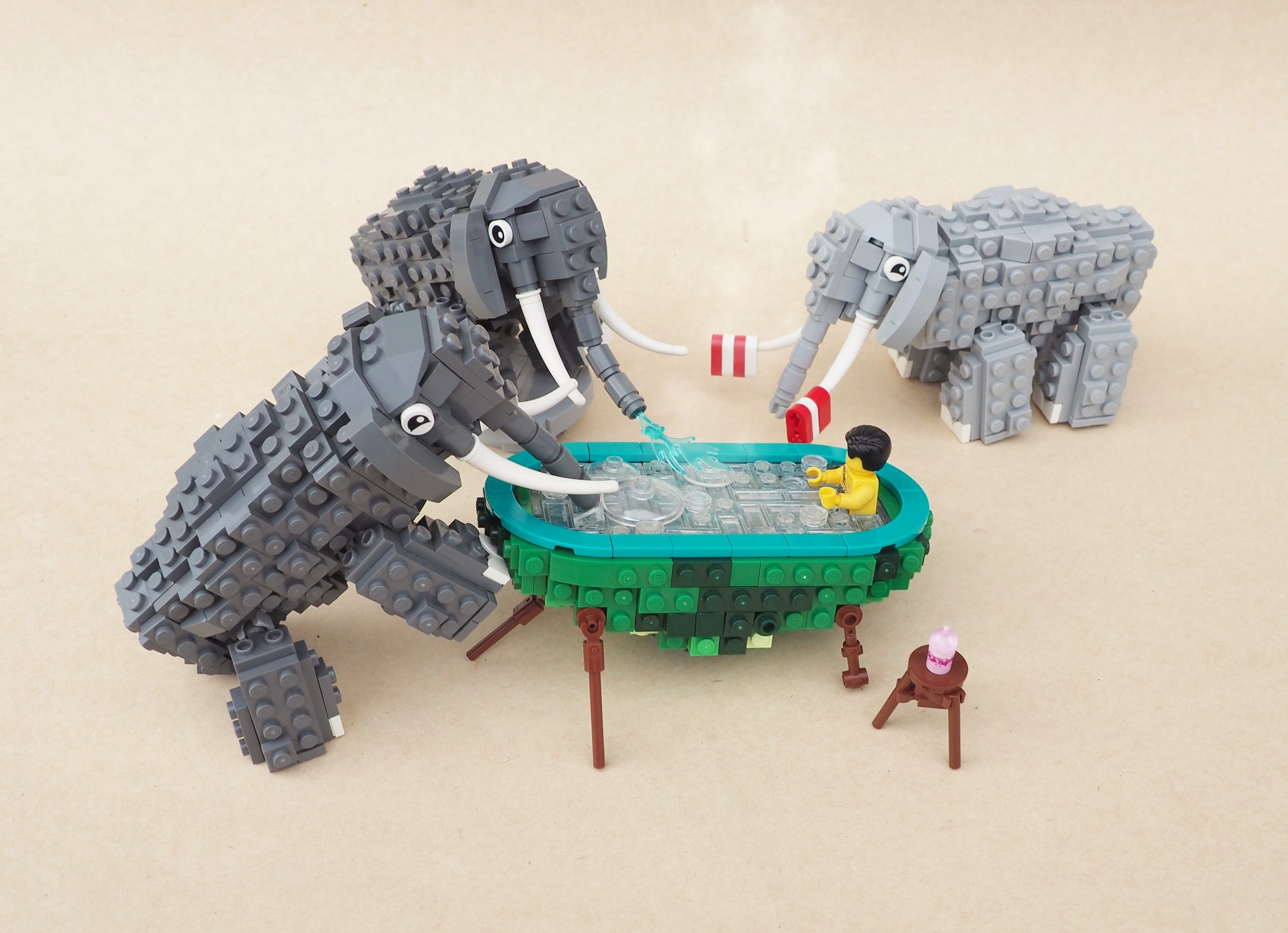
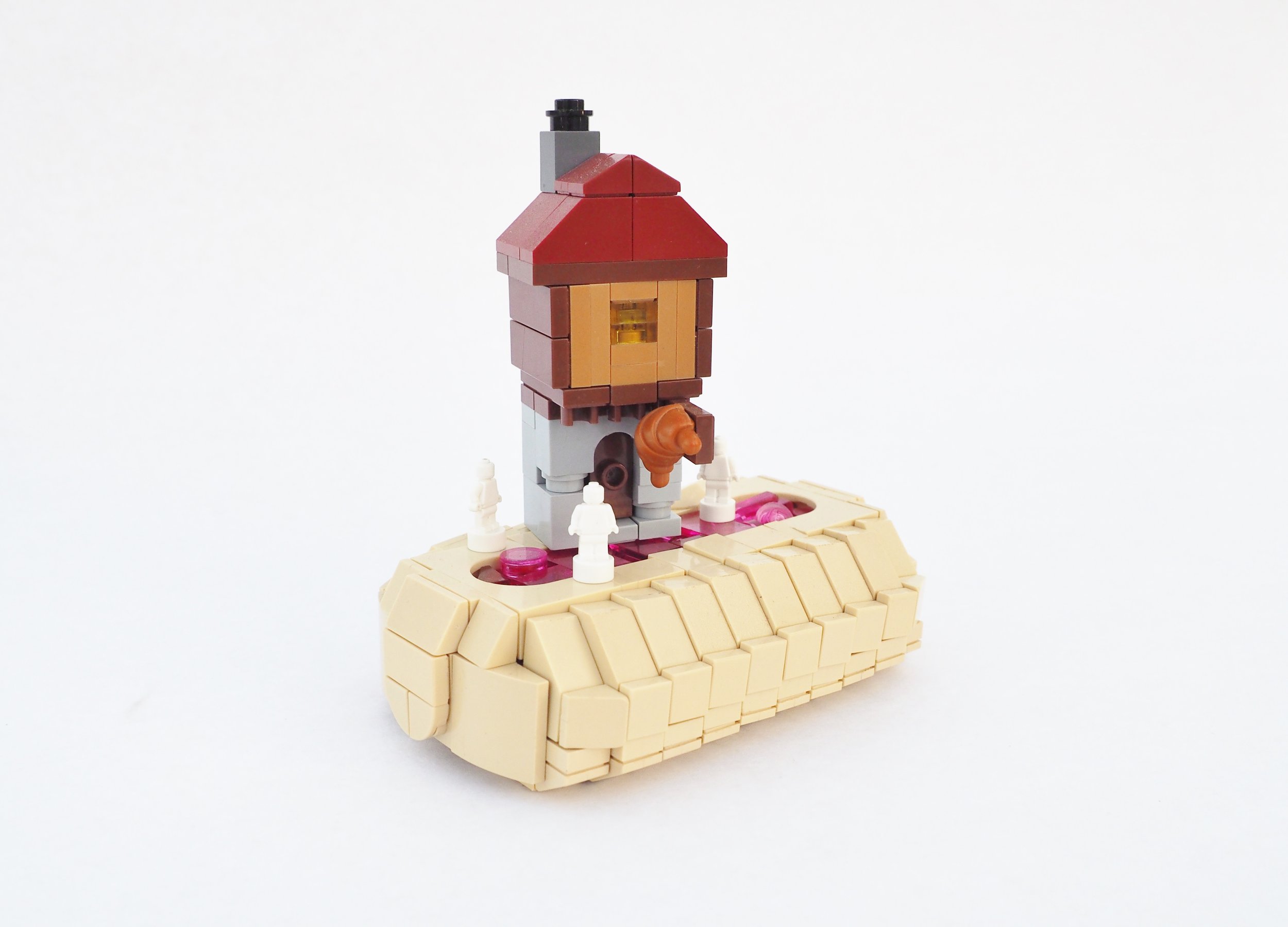
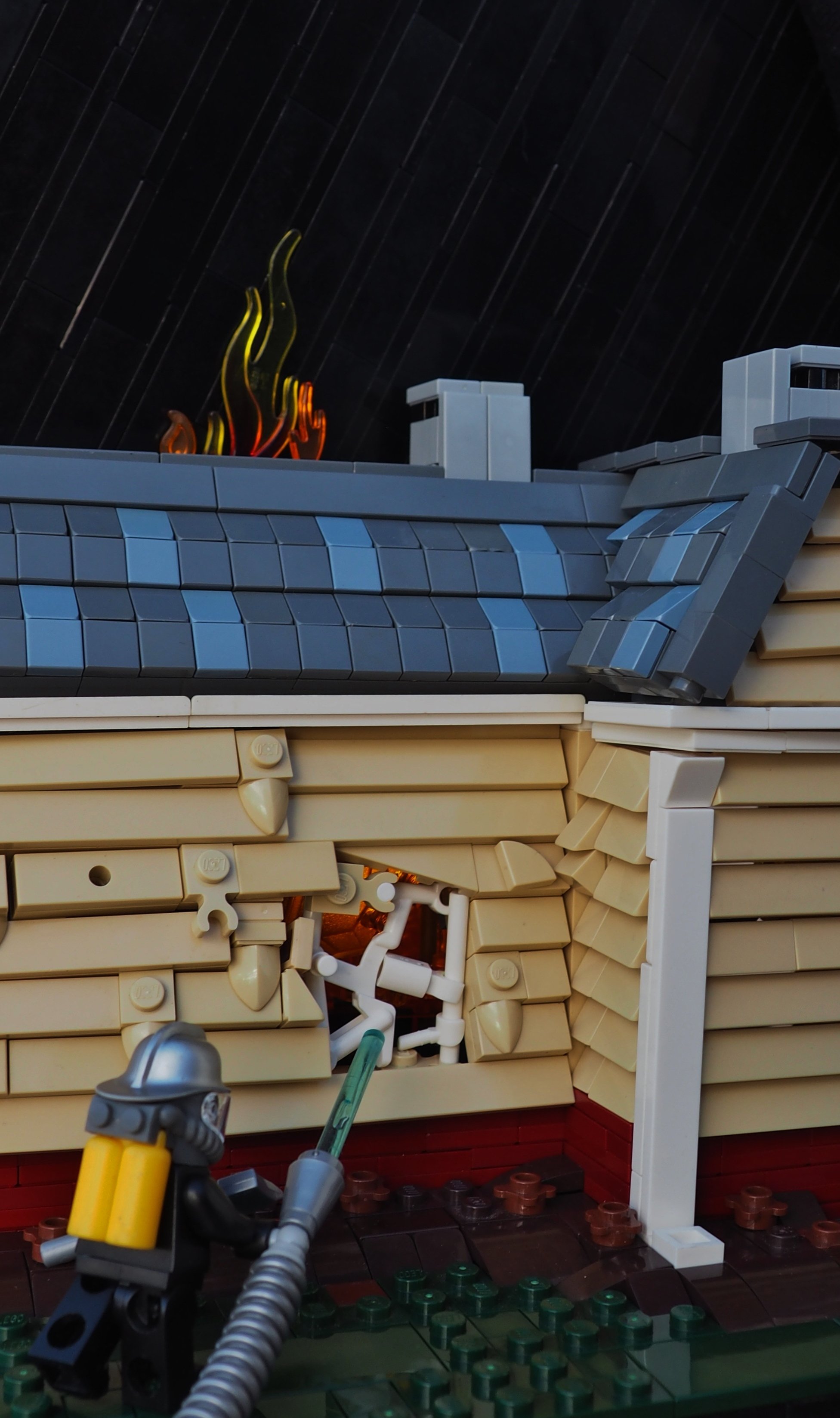
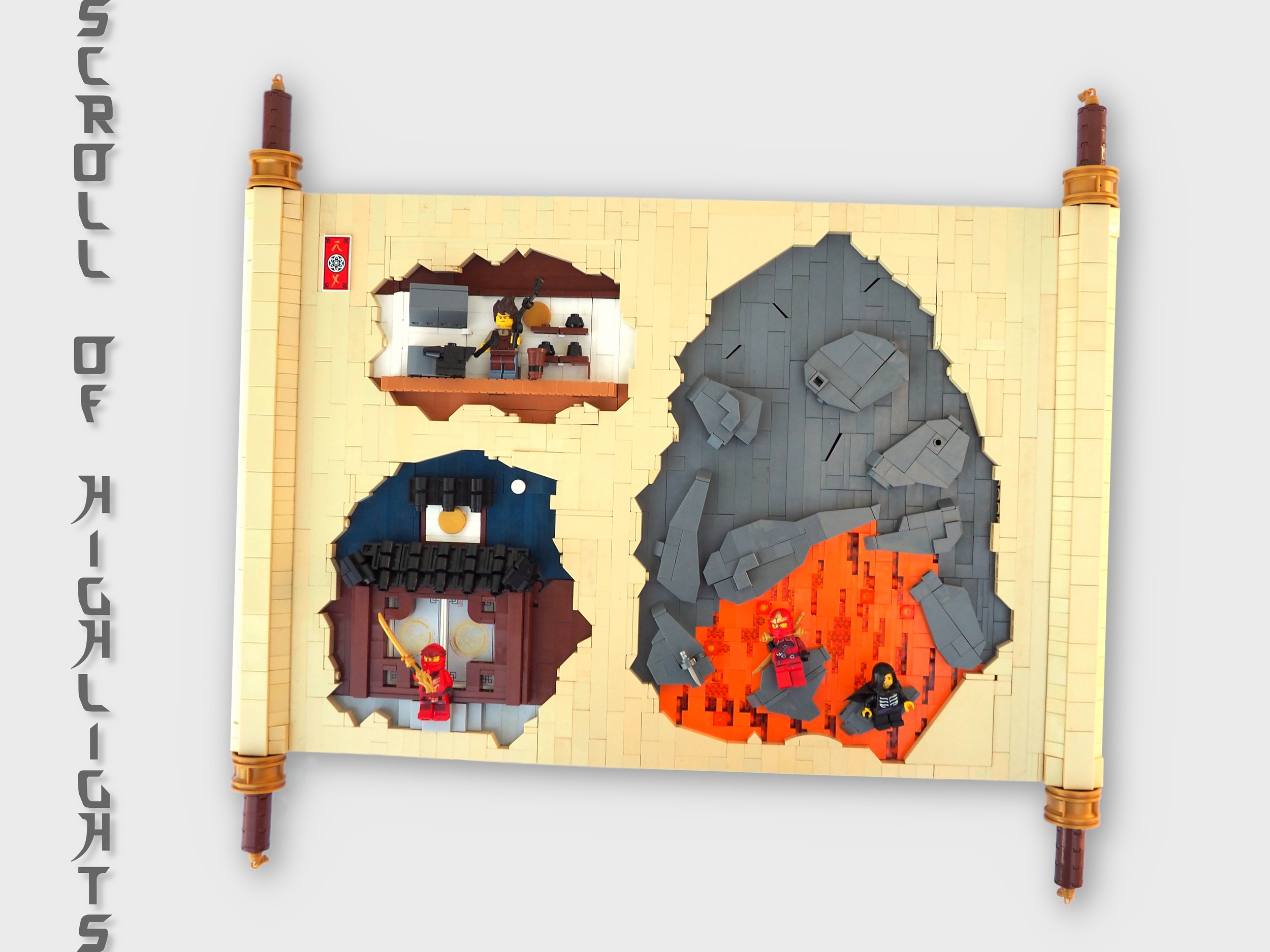
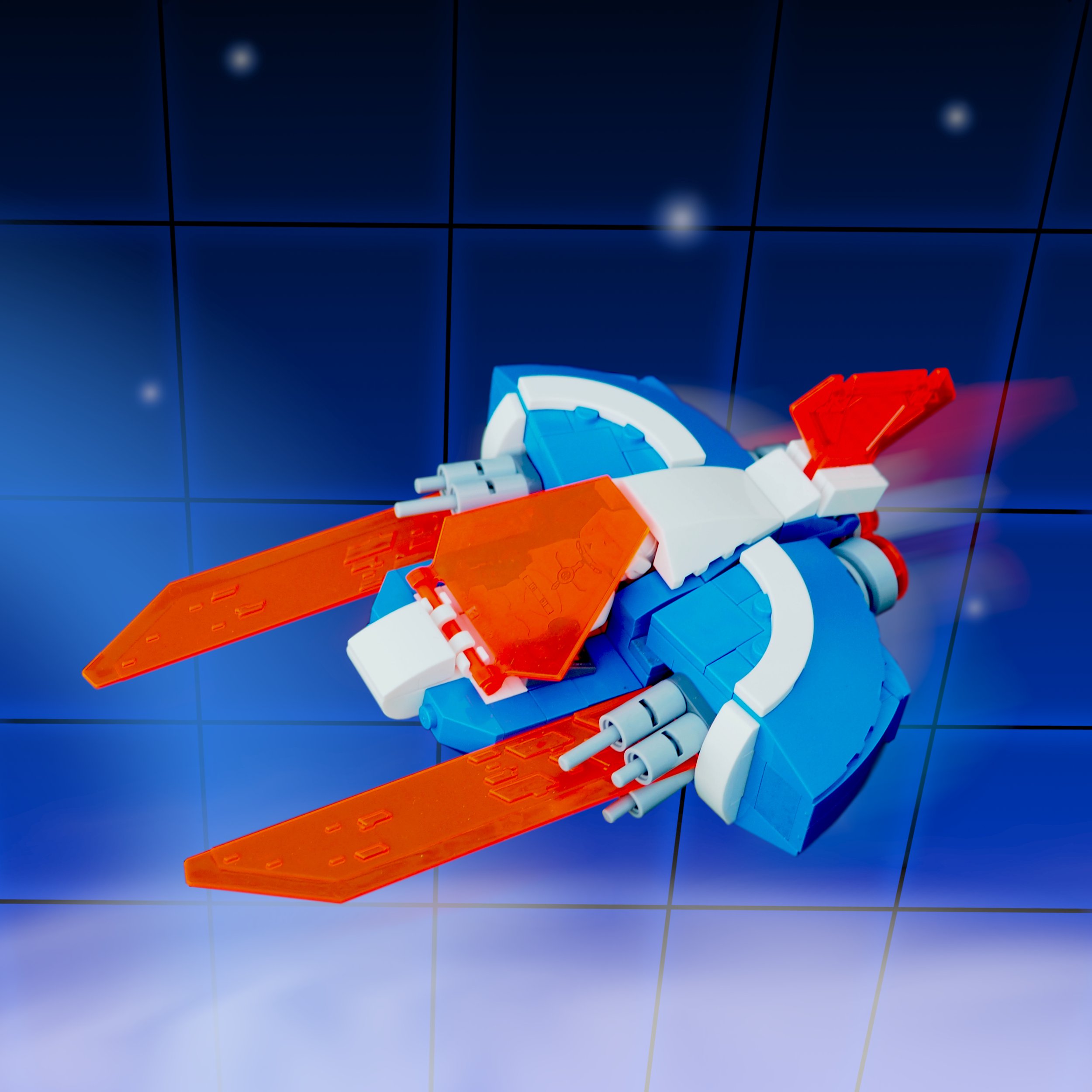
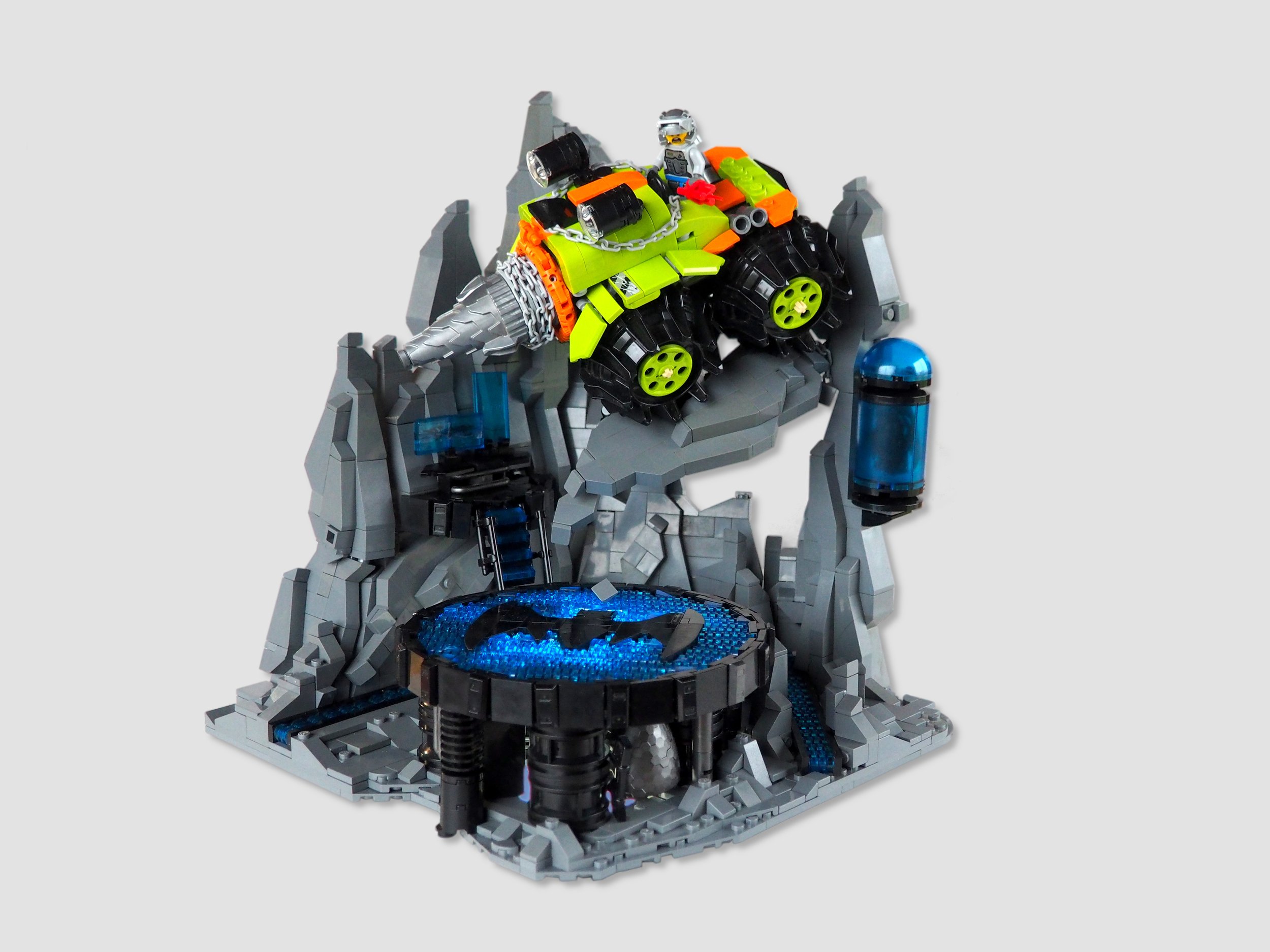
Lately I’ve especially been trying to add functionality and light to the techniques I’m comfortable with. As I start to build things that are more worthy of being displayed and kept for a while, it makes sense to give them some play features or lights that will set them apart.
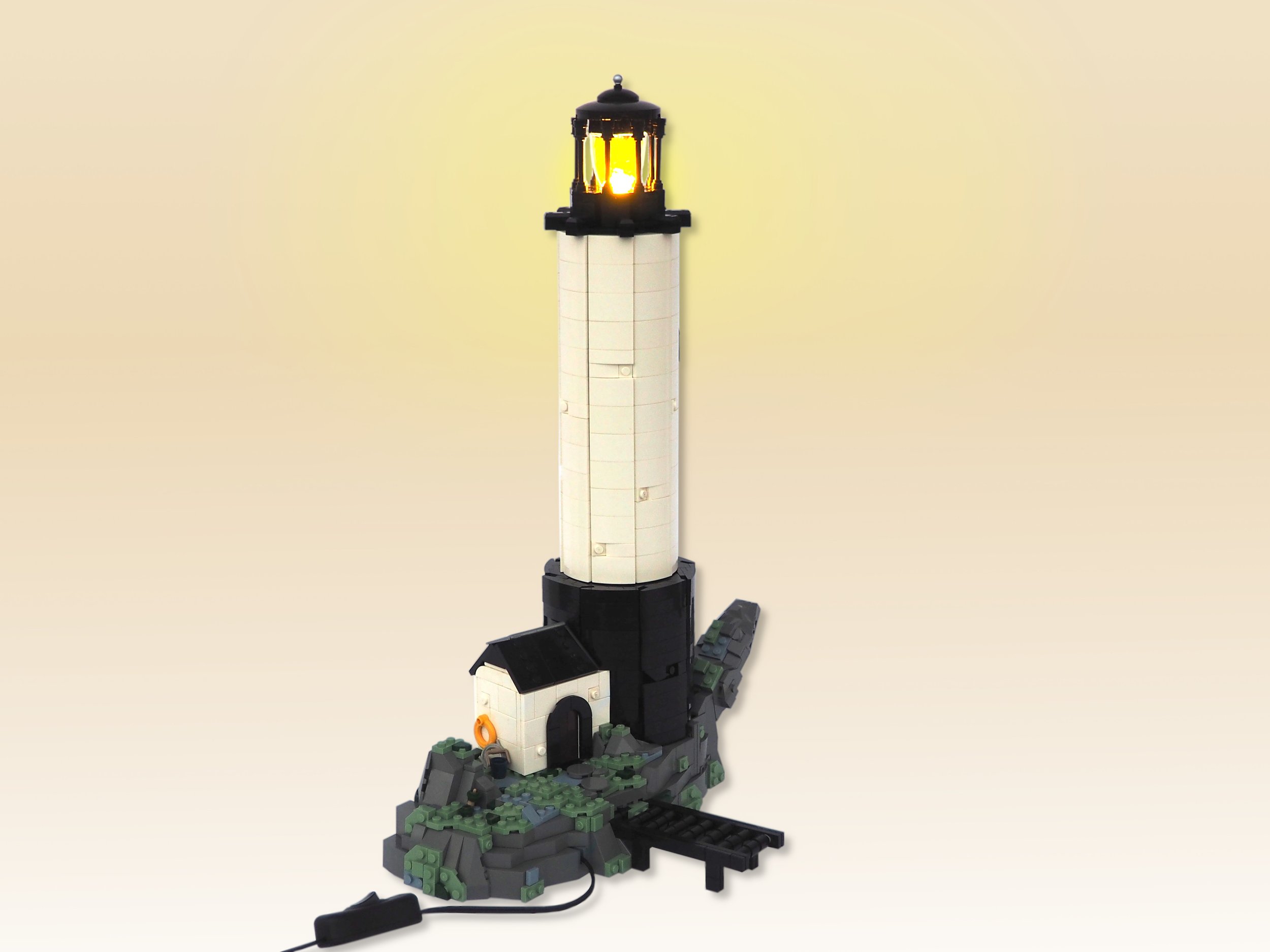

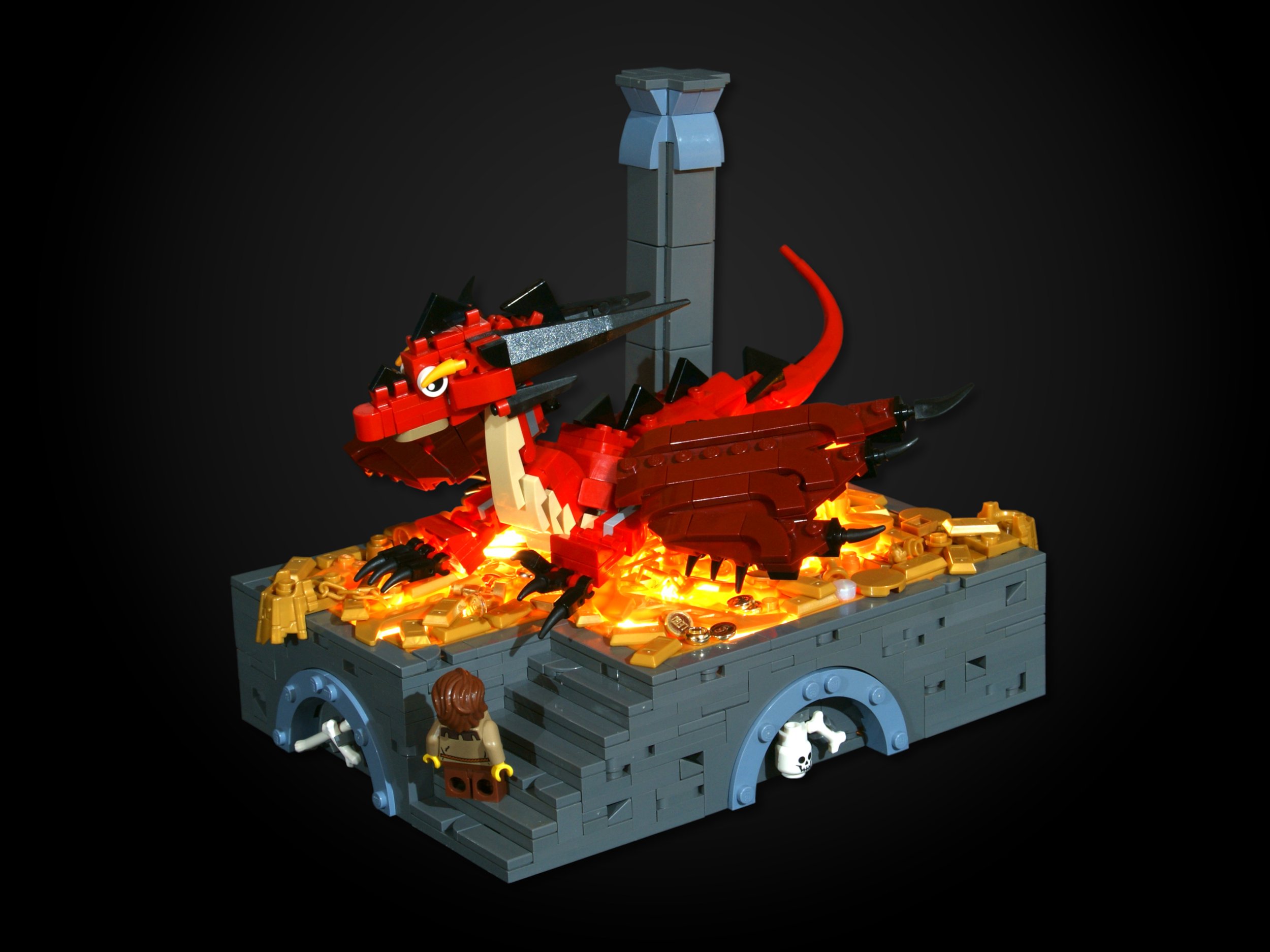
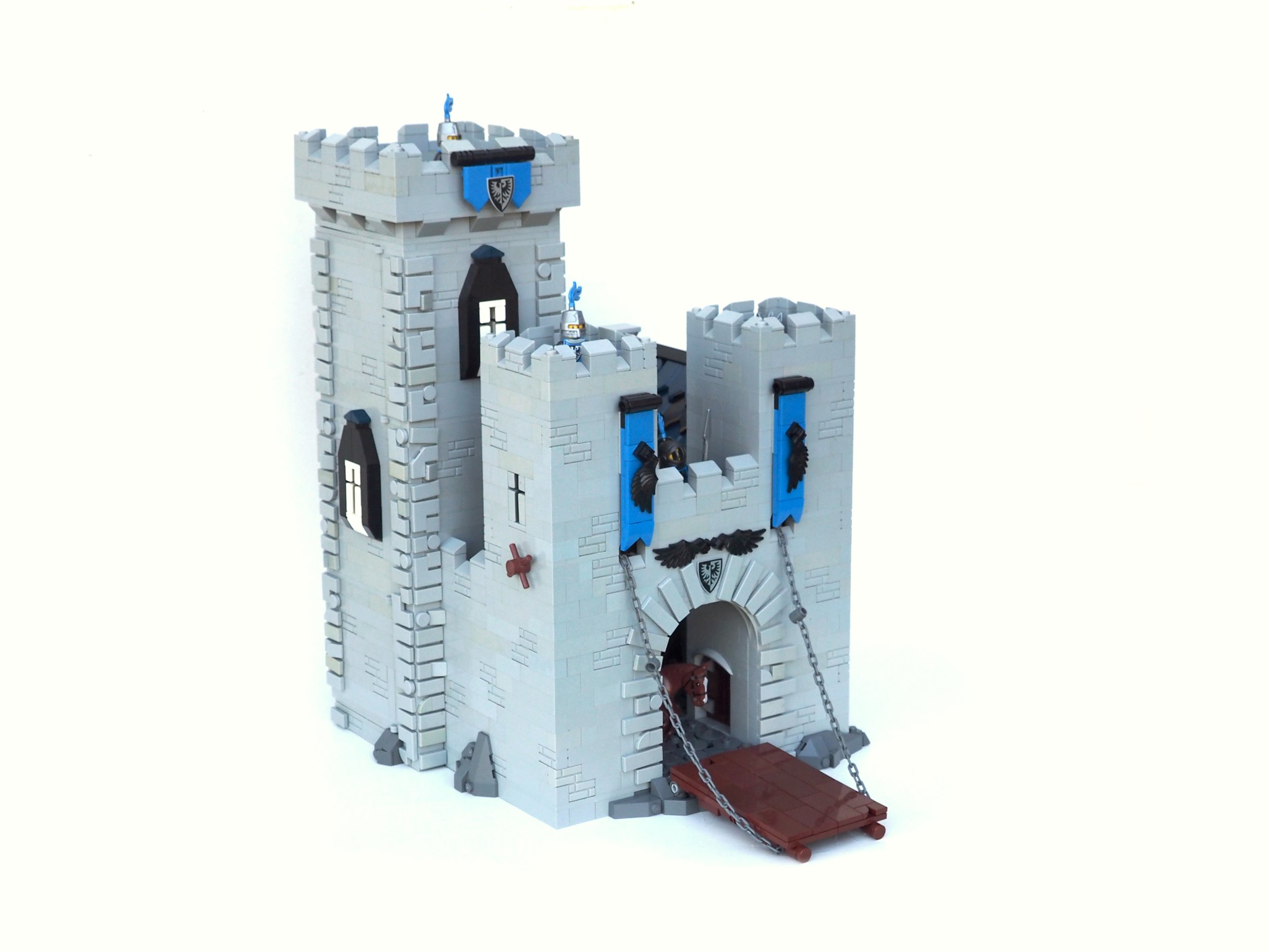
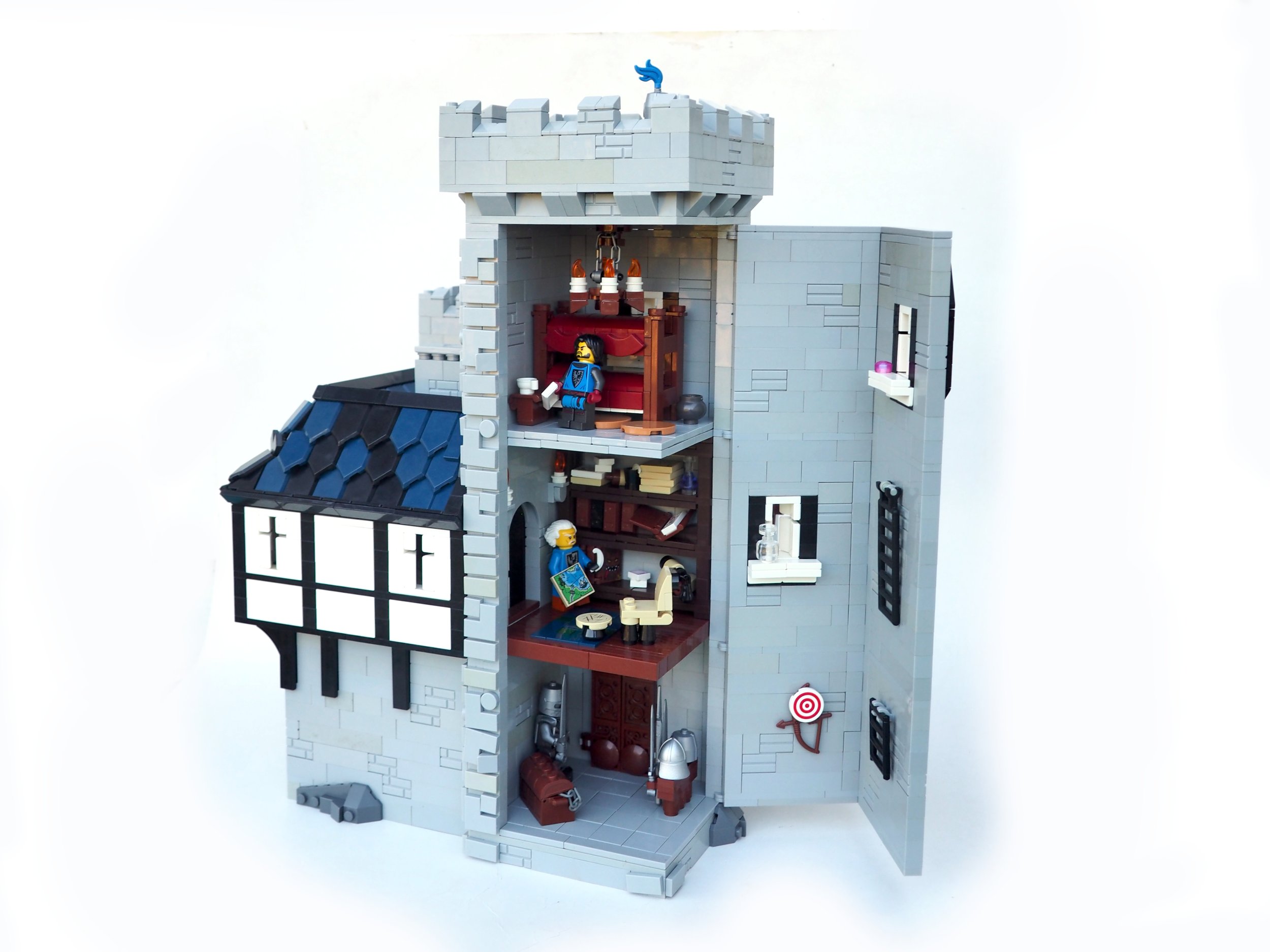
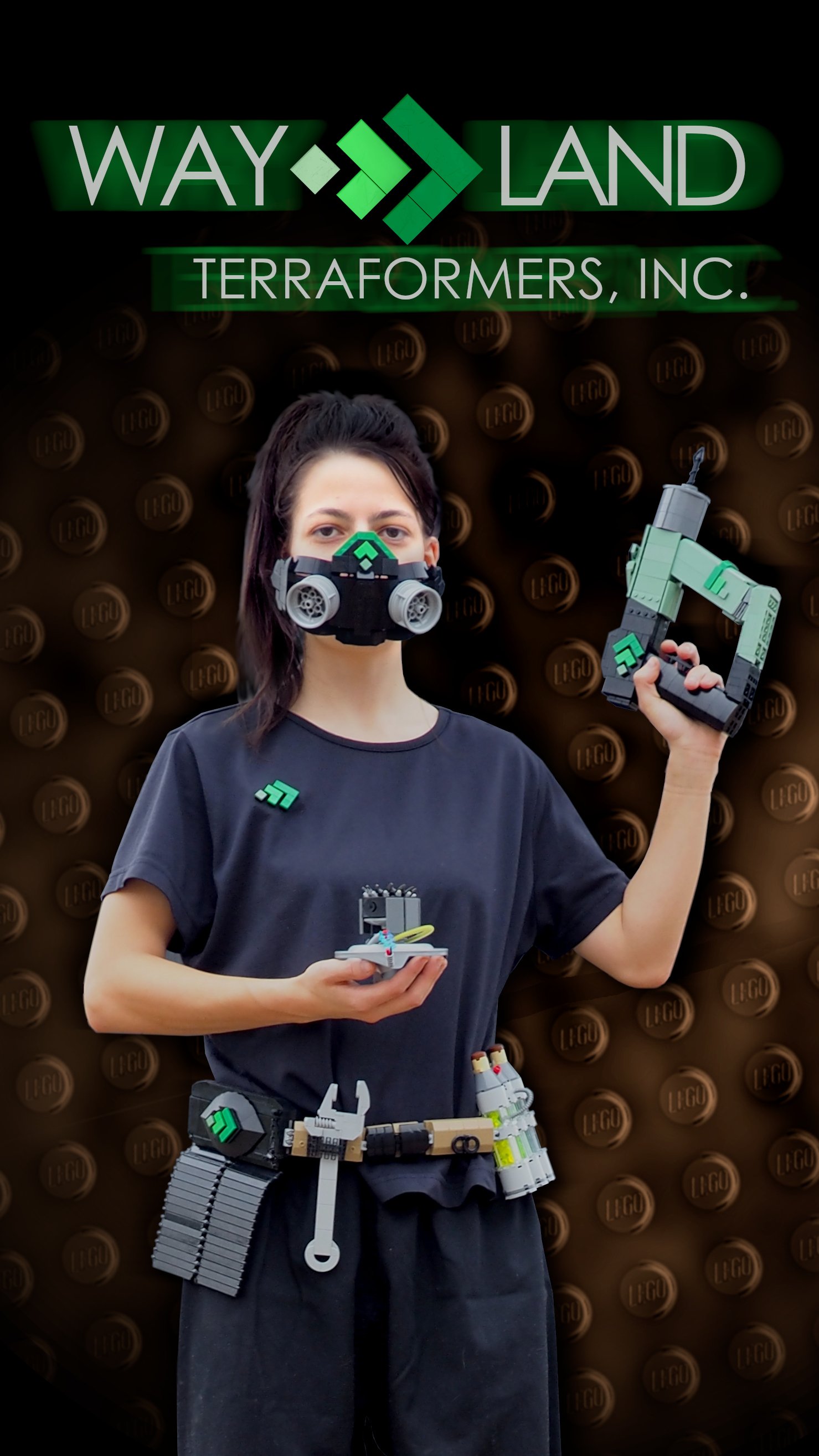
Another area of improvement has been in photography and presentation. If I’m putting all this effort into making an artistic creation, it only made sense to spend a little more time photo editing so that it could be presented as well as possible! This doesn’t always mean fancy colors and edits, but it does mean a clean crisp background. Maybe even a gif. Maybe someday even a short BrickFilm. Or maybe not. I did try one once, they’re a ton of work.

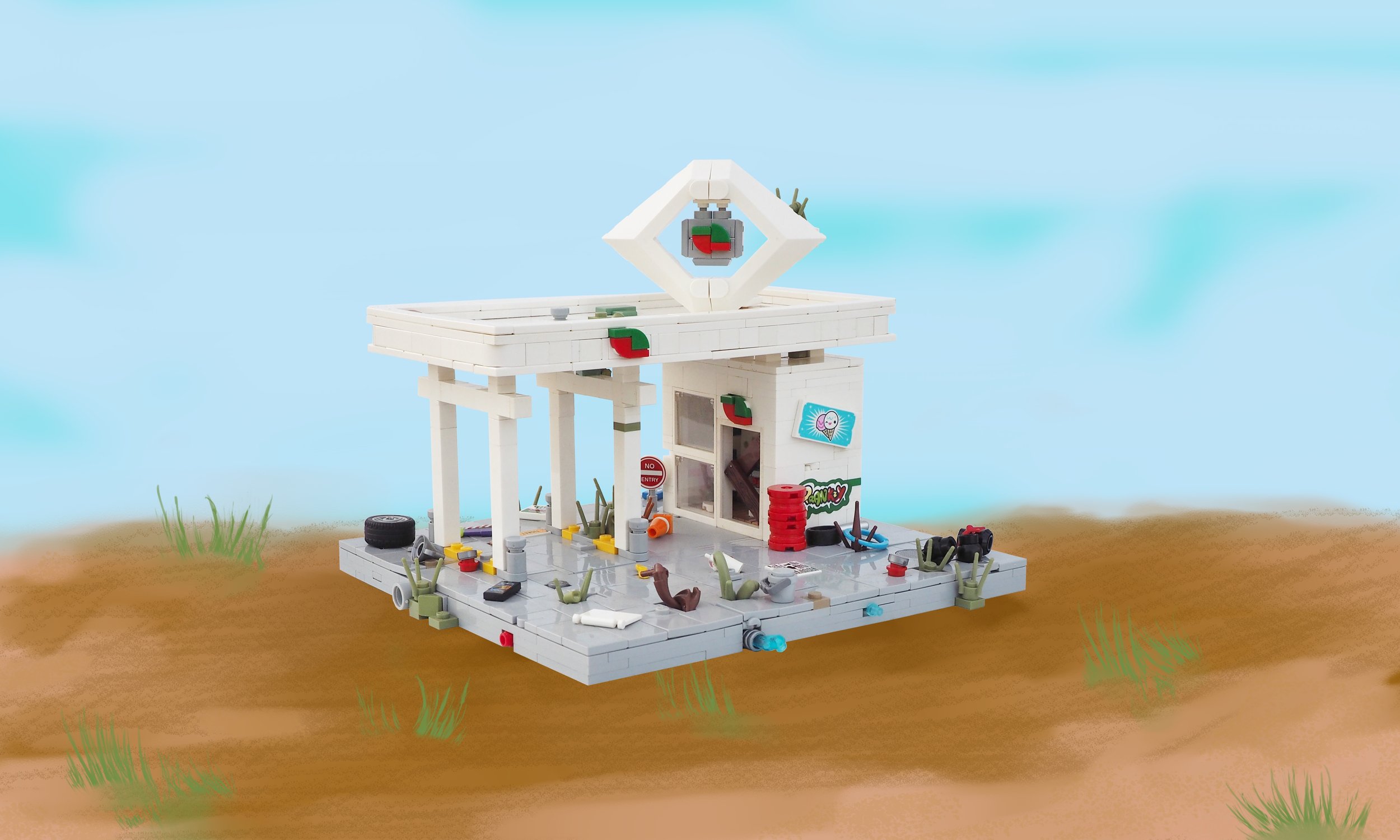
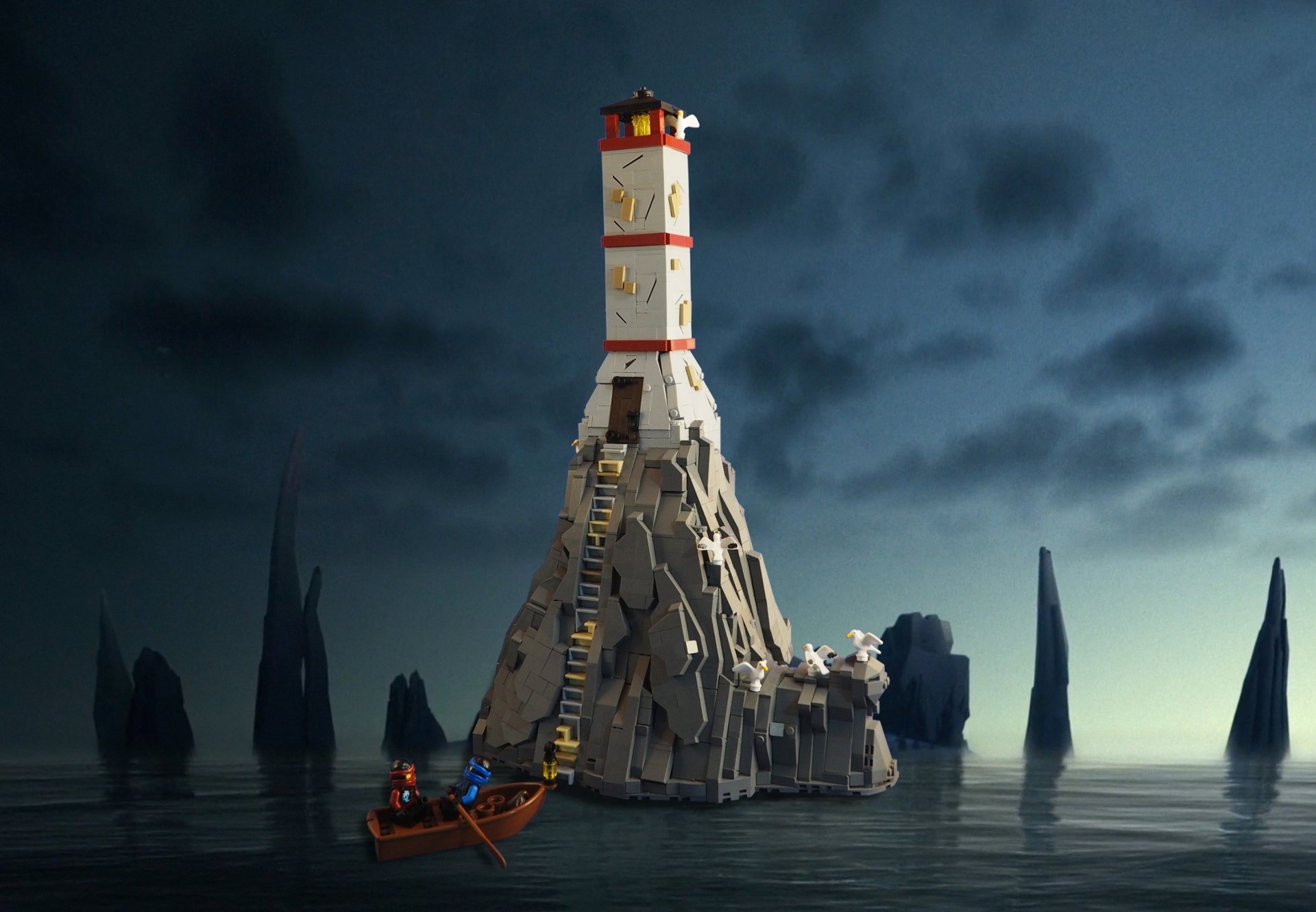
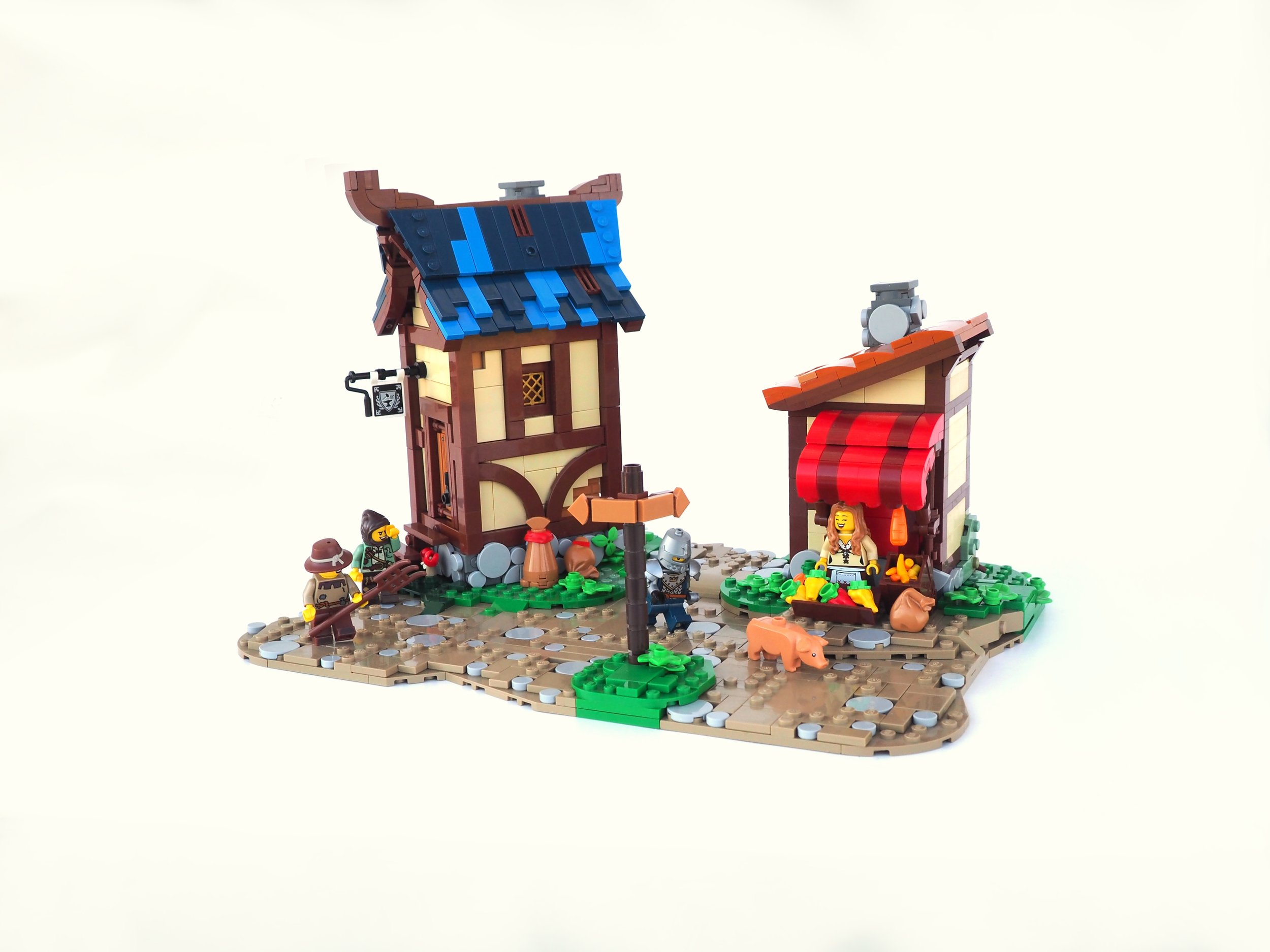
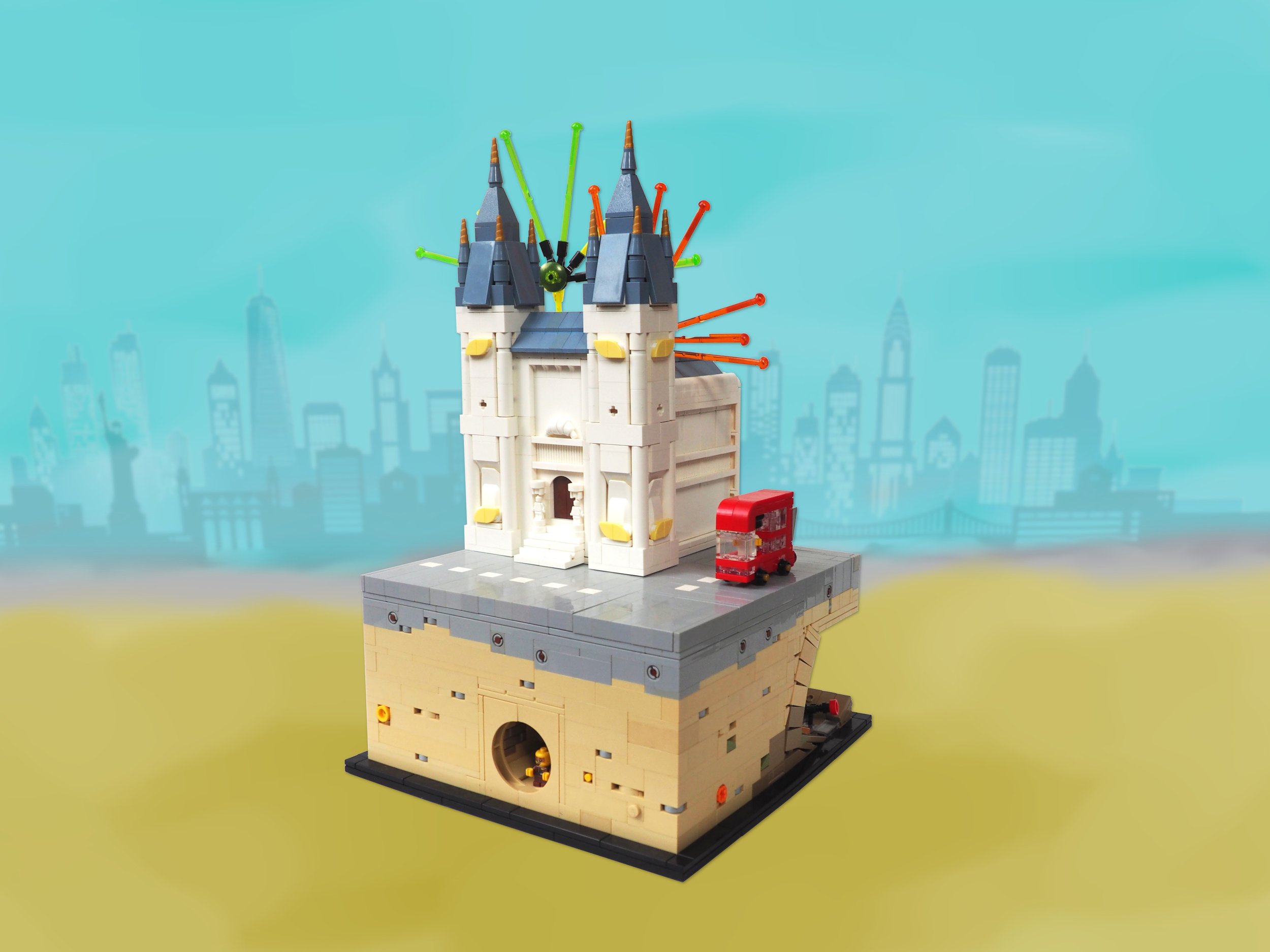
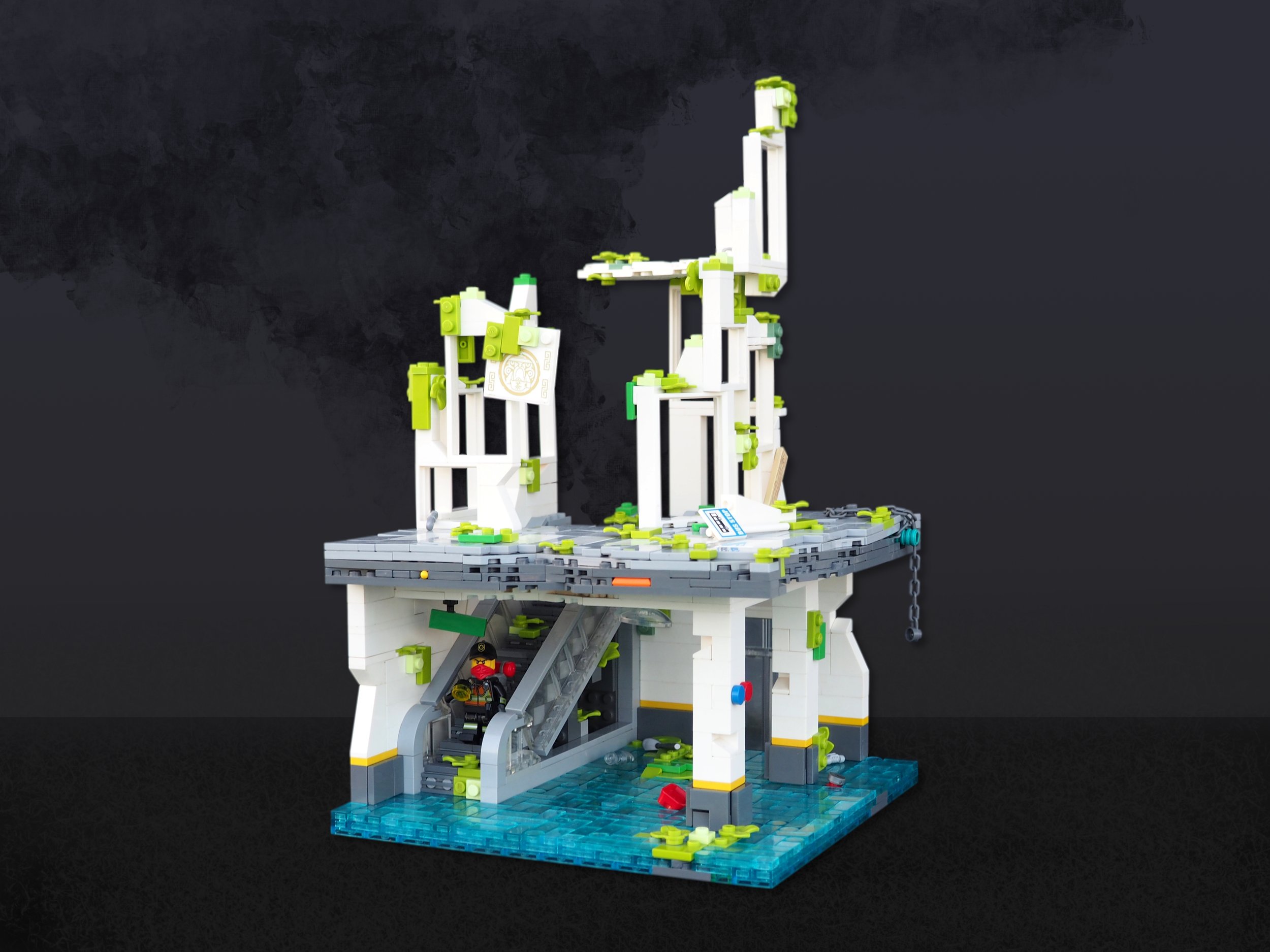
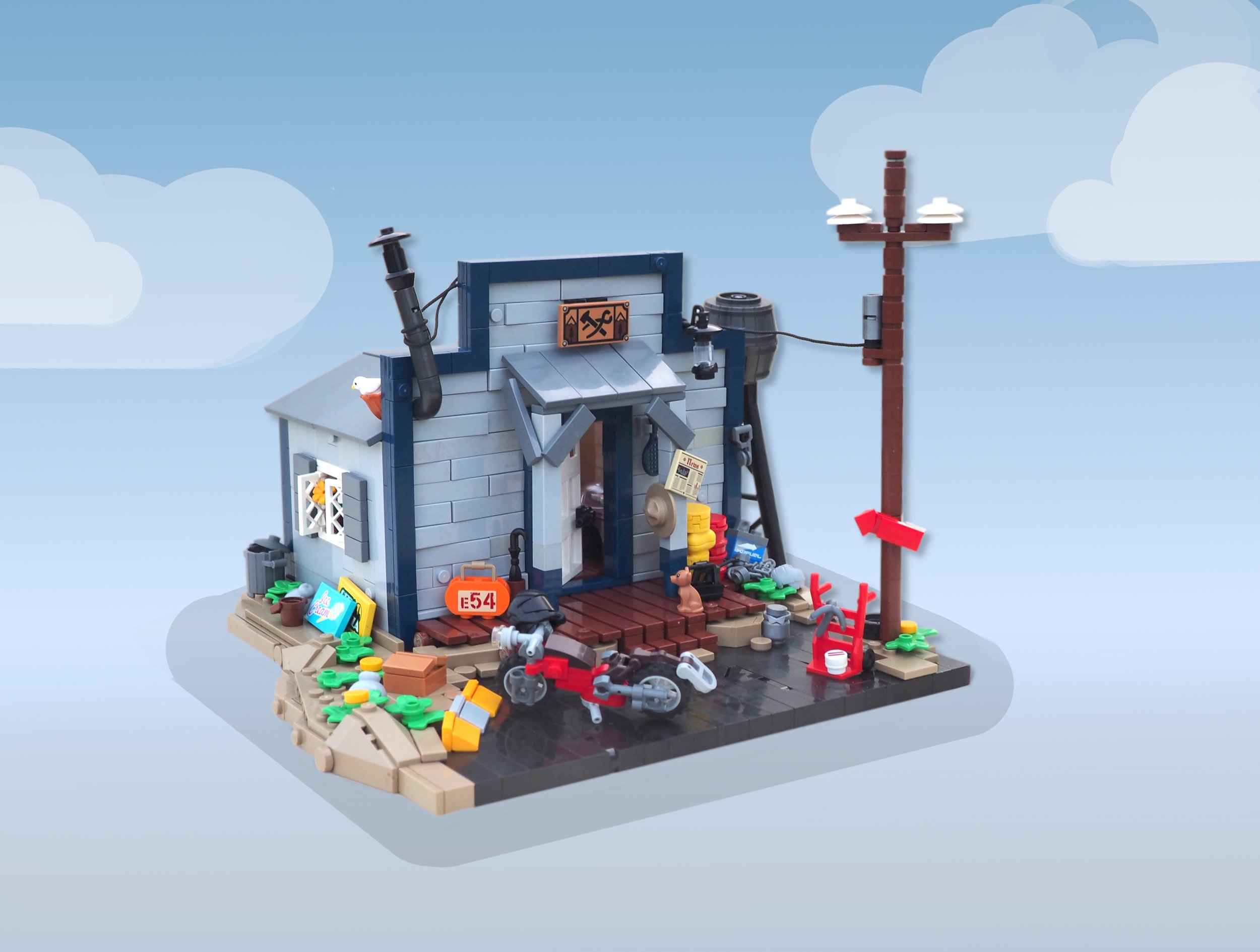
Of course, not everything I’ve built since 2017 has been a stunning success. Here are a few creations that I “uploaded anyways,” along with brief comments on what was wrong with them.
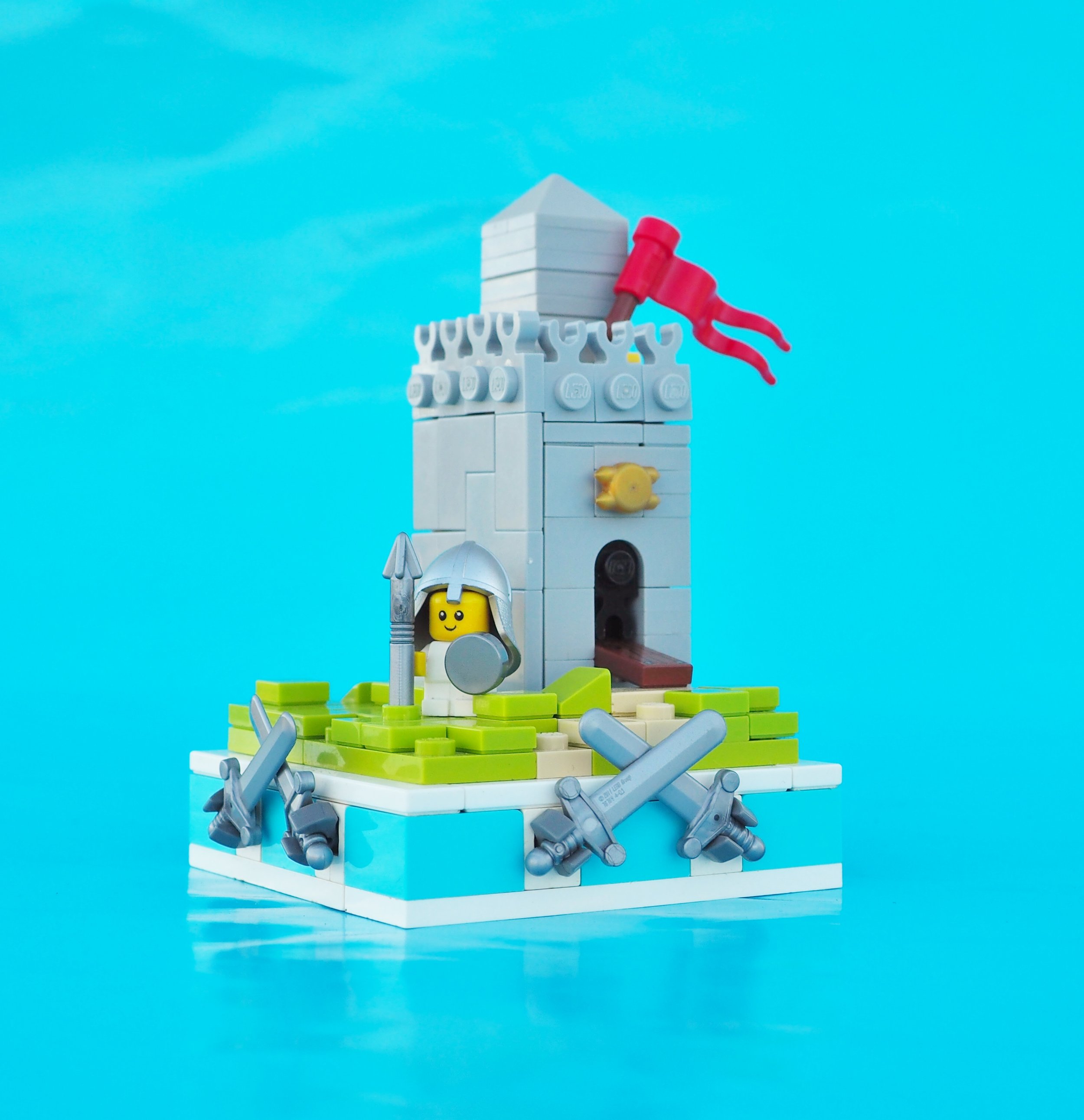
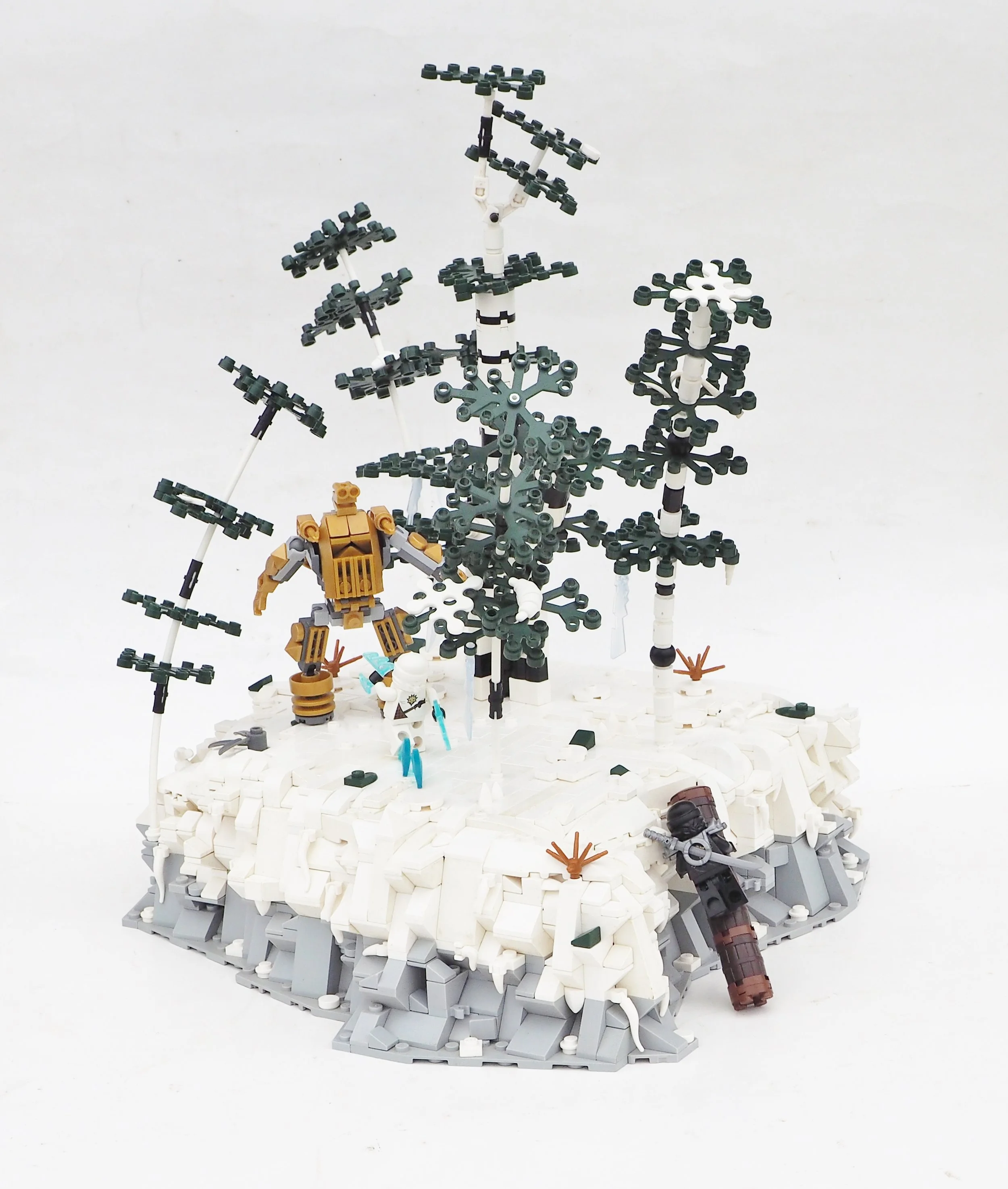
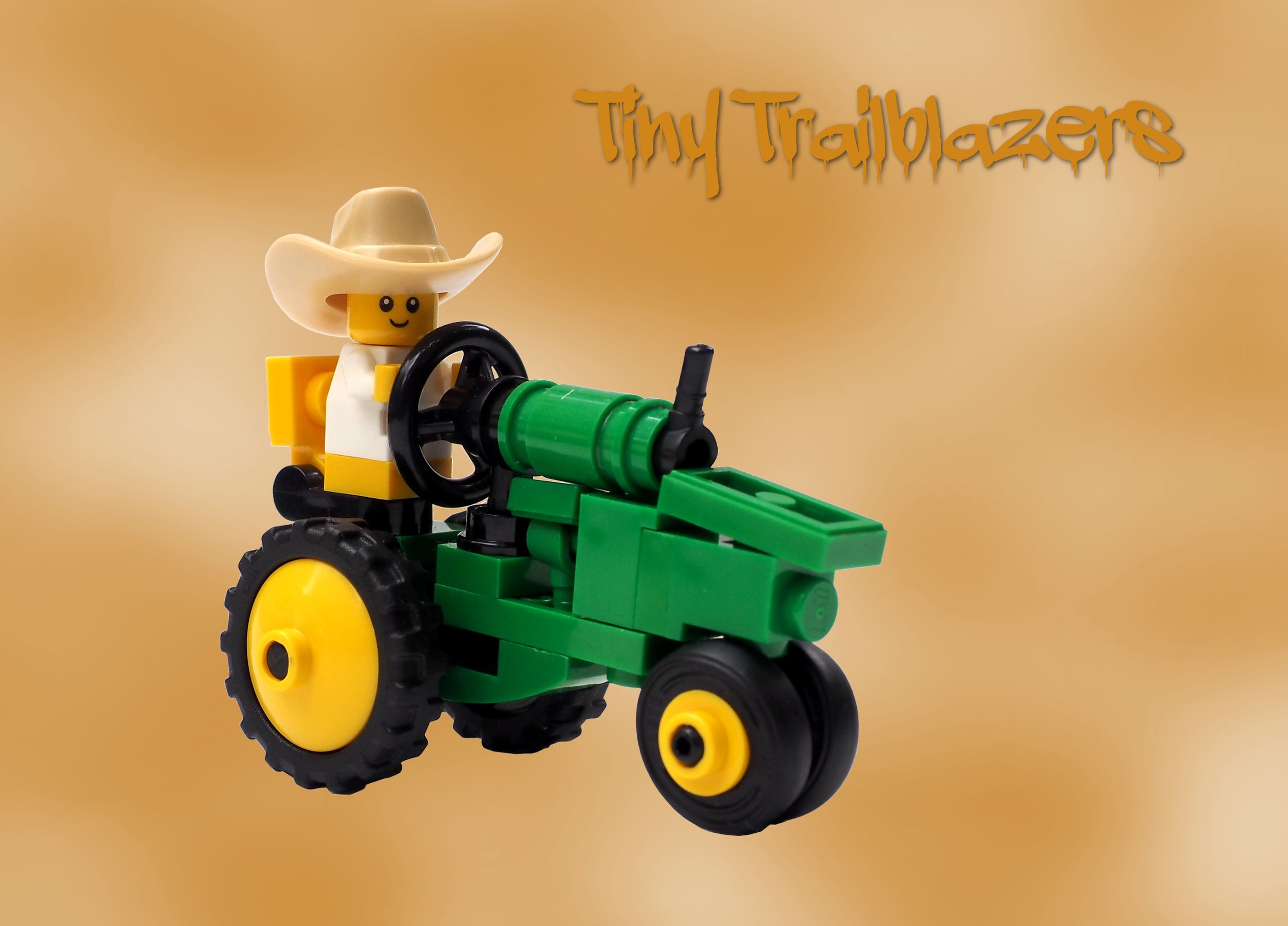
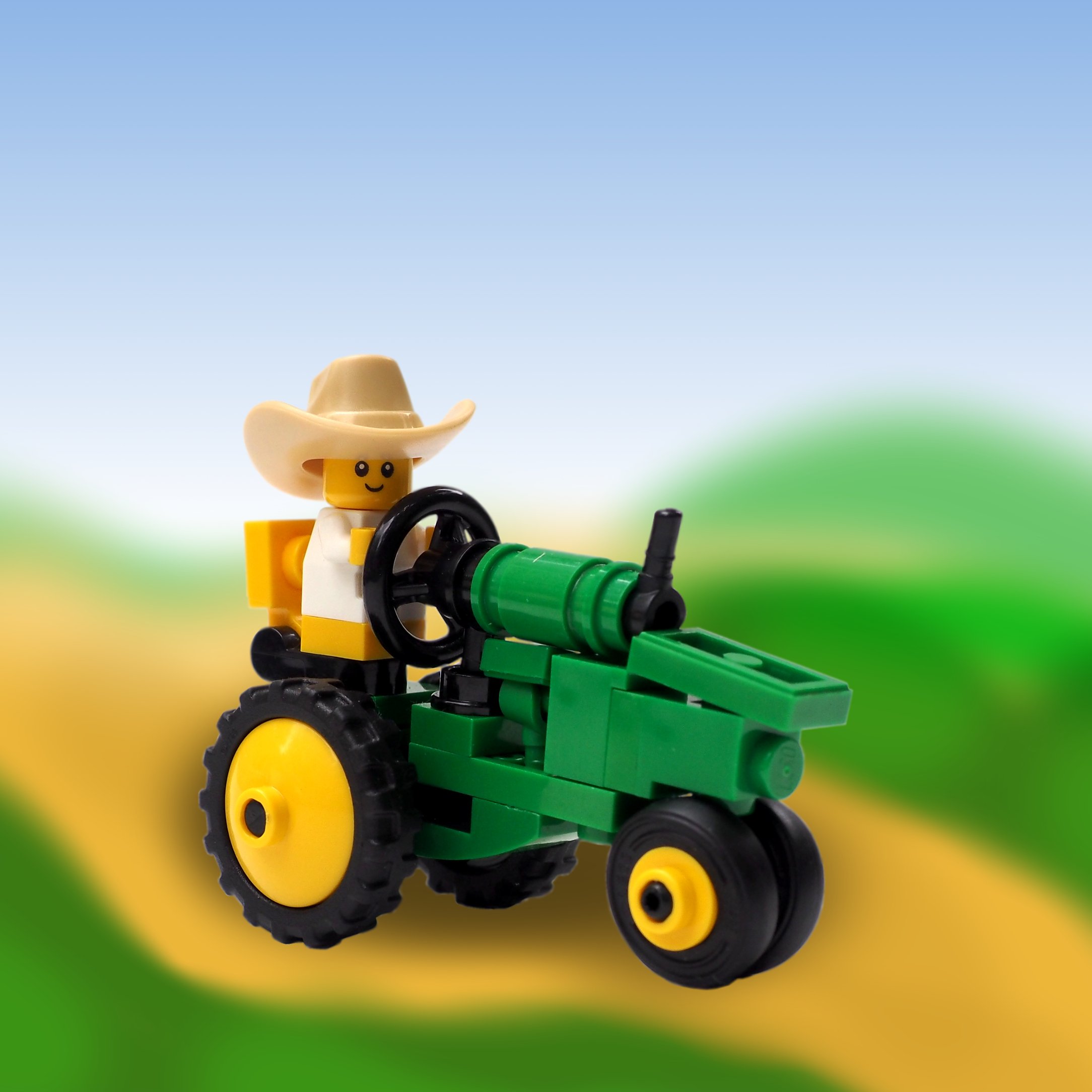
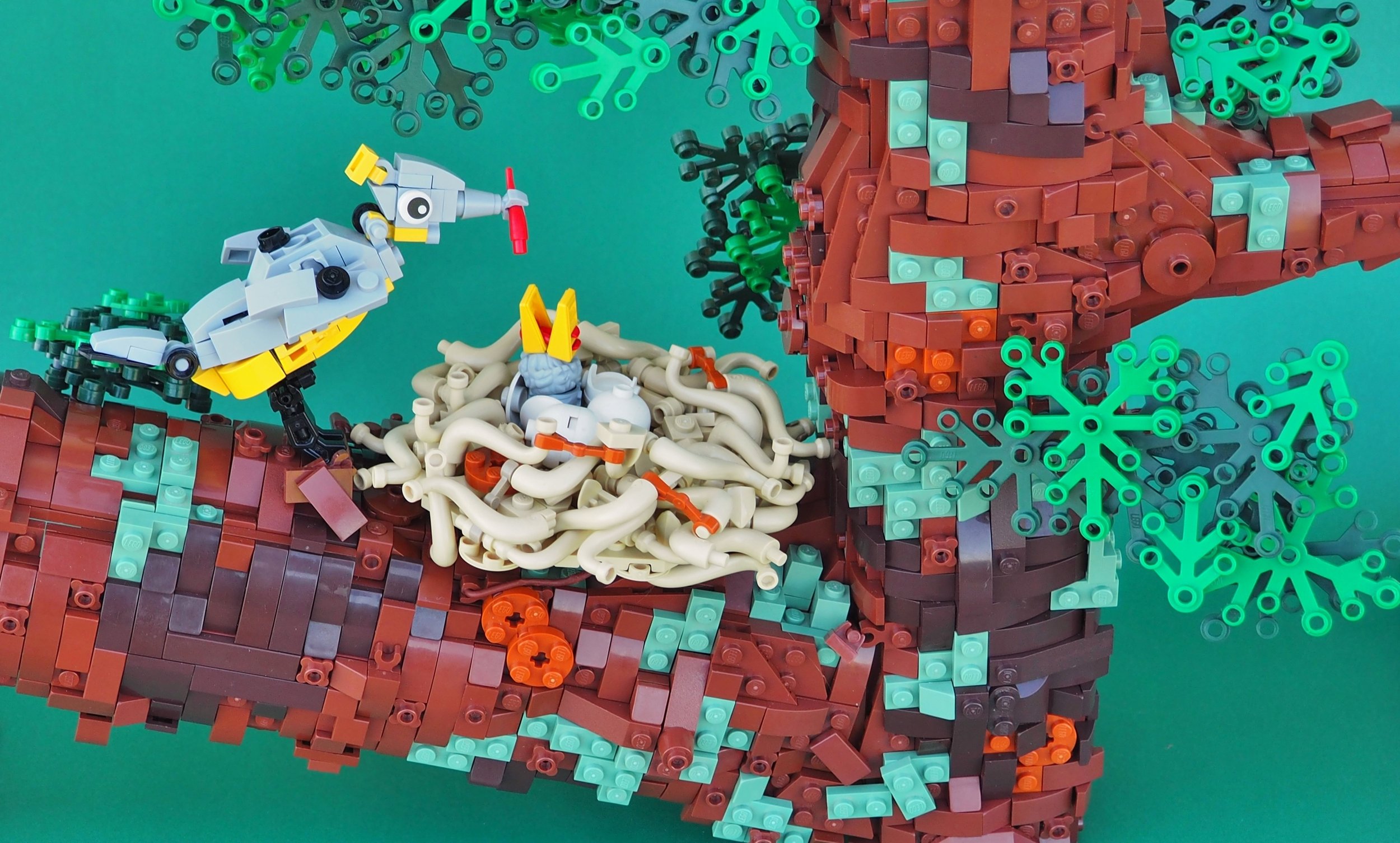
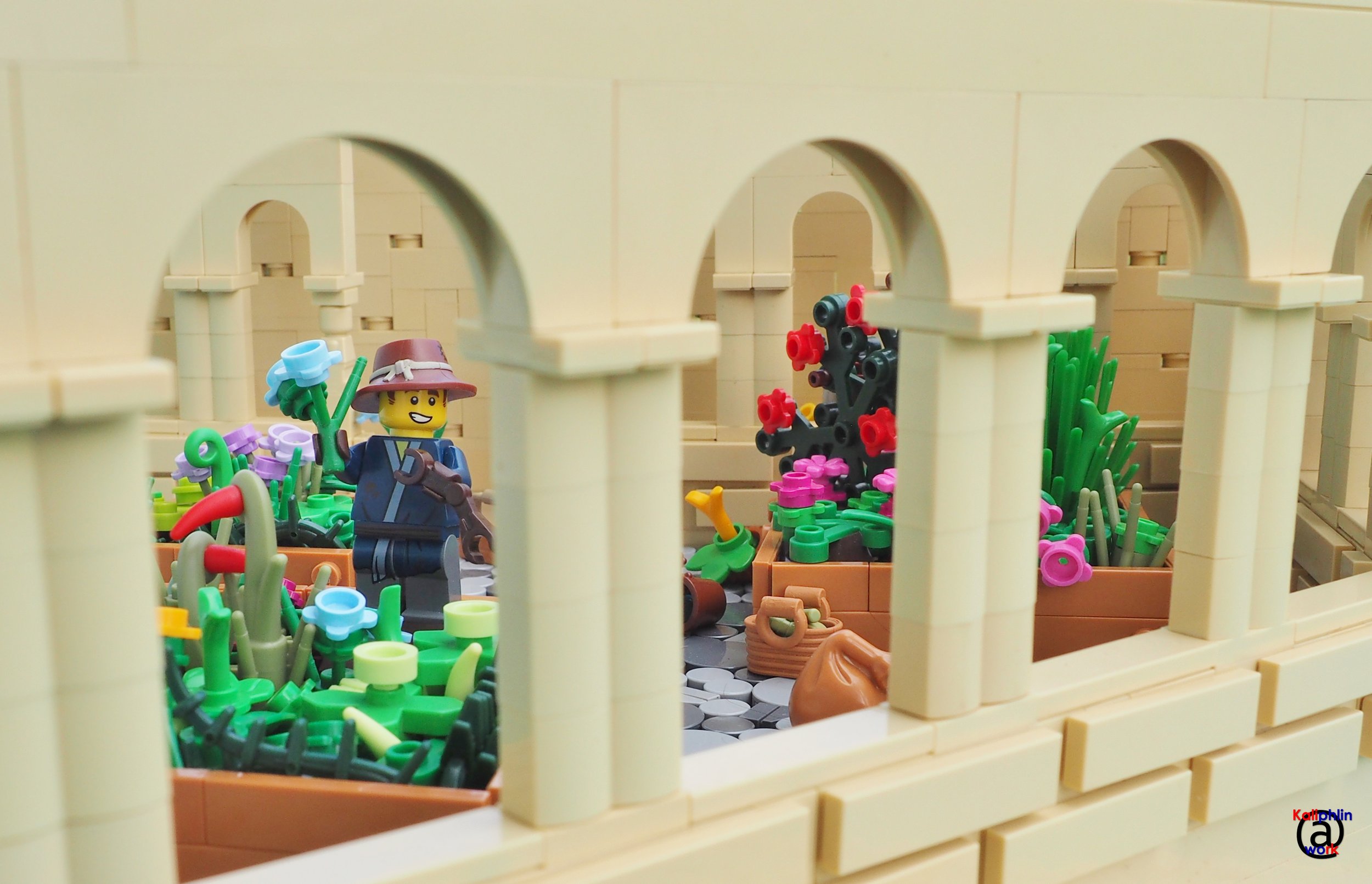
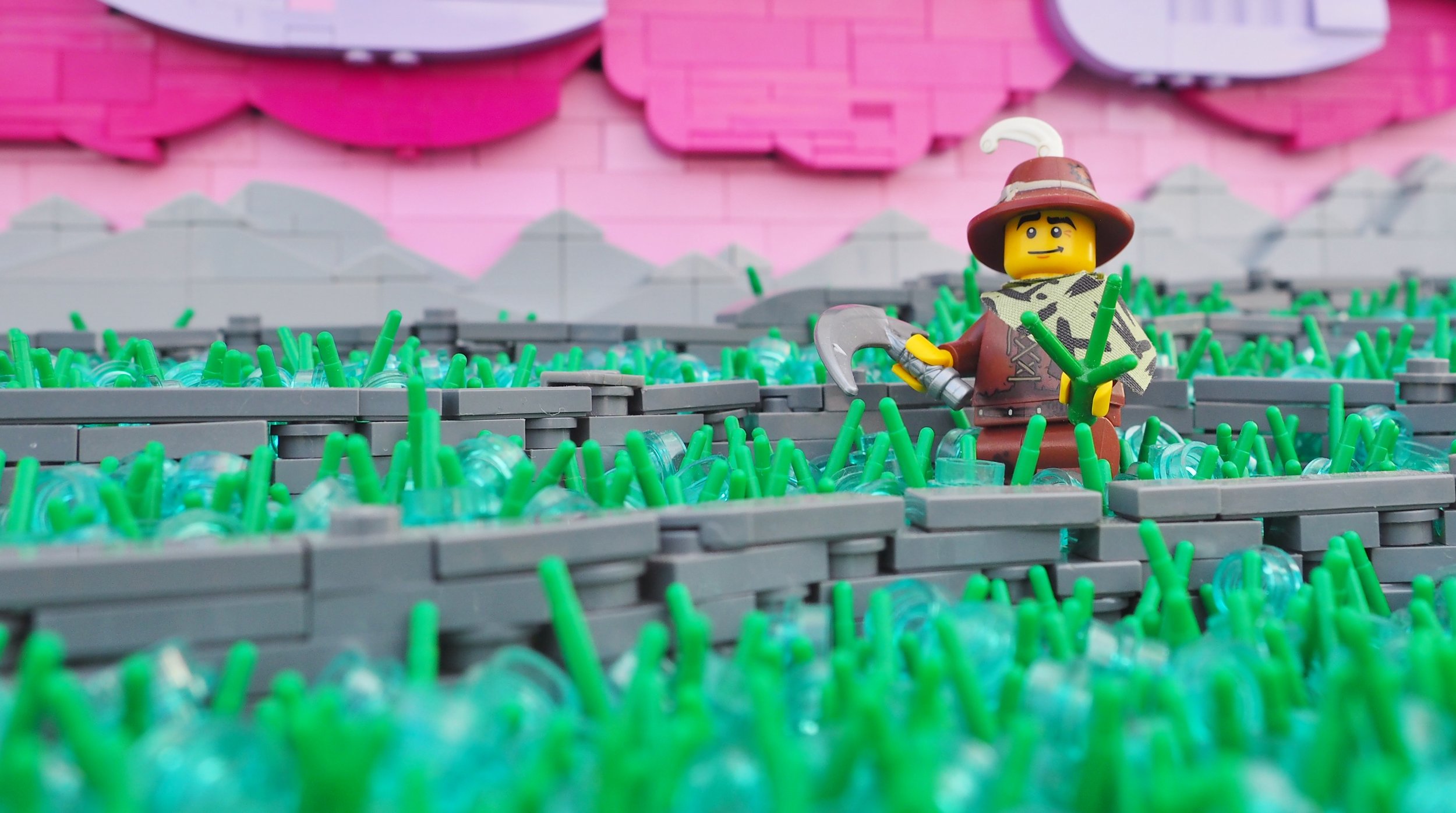
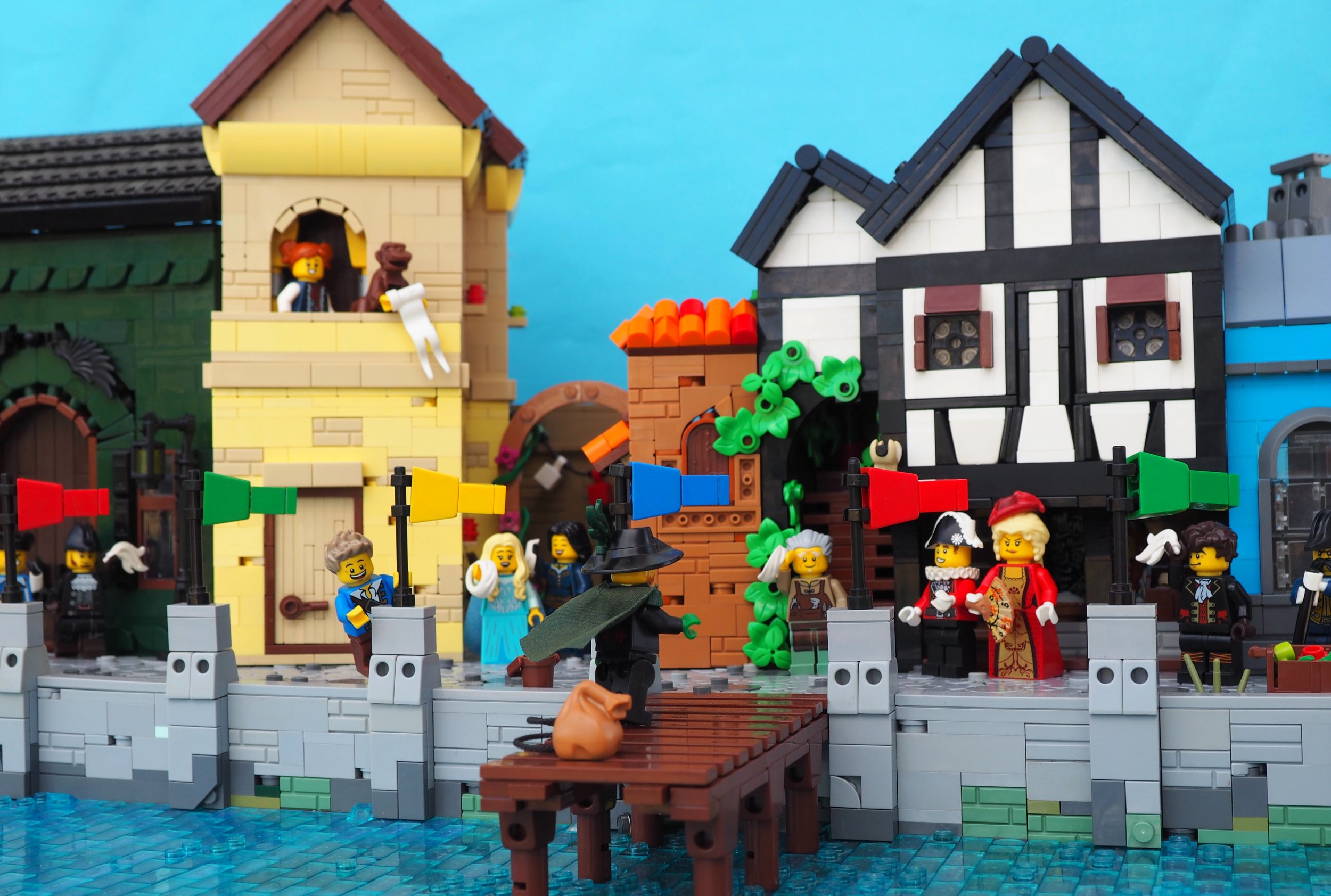
Today
The first MOC I ever uploaded to Flickr was a microscale pizzeria. That was in July of 2012. Coming up on the tenth anniversary of that creation, I still love pizza, and I still build with LEGO.
I’ve gone from building almost without thinking—just laying down bricks and seeing what came out—to building thoughtfully. My style has changed from a blocky mess to hopefully more visually attractive, well-defined creations. It goes without saying that I’ve learned hundreds of techniques and improved my presentation skills tremendously. And some credit is certainly due to my collection, now likely ten times larger than it was in 2012!
But I’m not just trying to look back here: I’m also looking forward. Throughout my time as a builder, improvement in my creations has gone hand in hand with greater purpose, greater intentionality about what it is I’m creating. So bringing that to bear on the future seems to promise well. To be honest, I’m not just writing this article for you—I’m writing it for me, trying to figure out what it is that makes my better builds better—and what would make them even better in the future. And at the end of the day, after all the techniques I’ve learned and after all I can say about color, composition, or concept, the better builds are the ones I’ve thought about more.
Having a well-thought-out creation is not just about thinking of what you’re building; almost more important is knowing why you’re building it. Building the castle of your dreams is very different if that castle is one your inner kid wants to play with… raising drawbridges, exploring rooms… or if it’s the one your inner adult would love to sit in front of and stare at forever. The arsenal of techniques and bricks that I draw on is the same no matter why I build: but if I build for play, and if I build for art, I apply the techniques in different ways. And I have a better toy or better art if I have the difference clearly in my mind. (Both the “toy” style of LEGO builds and the “art” style are artistic, and both are built with a toy, LEGO. I just haven’t found better names for the two styles. Nor are these the only two styles. A third style, one that I don’t dabble in much, is model building.)
Towards the beginning of this article, I asked a question: what is it about LEGO that keeps inspiring me? When I first discovered the world of MOCing, it was the potential that I suddenly found in these little bricks that inspired me to jump in. And now, ten years later, the answer is the same. As I’ve grown to add polish to my style, as I’ve tried to make my creations more visually pleasant, and as I’ve become more thoughtful and intentional about what I build, the LEGO brick and the LEGO System has continued to let me express myself through this medium I’ve come to love.
So for me, ten years is just a mile marker. Now that I’ve beaten myself a path this far, I’m ready to strike off it again. I’m not sure yet what I’ll be building ten years from now, but I’m sure that there’s enough potential in the LEGO brick that I’ll be able to build it—whatever it will be!
How long have you been building? What have you learned since you started? Share your thoughts in the comment section below.
Do you want to help BrickNerd continue publishing articles like this one? Become a top patron like Charlie Stephens, Marc & Liz Puleo, Paige Mueller, Rob Klingberg from Brickstuff, John & Joshua Hanlon from Beyond the Brick, Megan Lum, and Andy Price to show your support, get early access, exclusive swag and more.



